Media | Articles
Vellum Venom: 2006 Ford Crown Victoria Police Interceptor
“Panther Love” is a phrase coined by our very own Jack Baruth, referencing a sentimental bond with Ford’s 1979 “Panther” chassis which underpinned the newly-shrunken “full-sized” LTD, Marquis and Continental and which went on to serve, in modified form, all the way to the present decade. Yet the love in question doesn’t stop with Panthers; it extends in some manner to every traditionally-proportioned American sedan. The end of the line was the Ford Crown Victoria, but the Nash Airflyte, 1949 Ford, 1951 Hudson Hornet and the 1953 Chevy 210 were the genesis:post-war redesigns with integrated fenders and nose-to-tail streamlining. So forget about today’s globalized platforms, if only for a moment. Let’s embrace Panther Love with the legendary Crown Victoria Police Interceptor(CVPI).
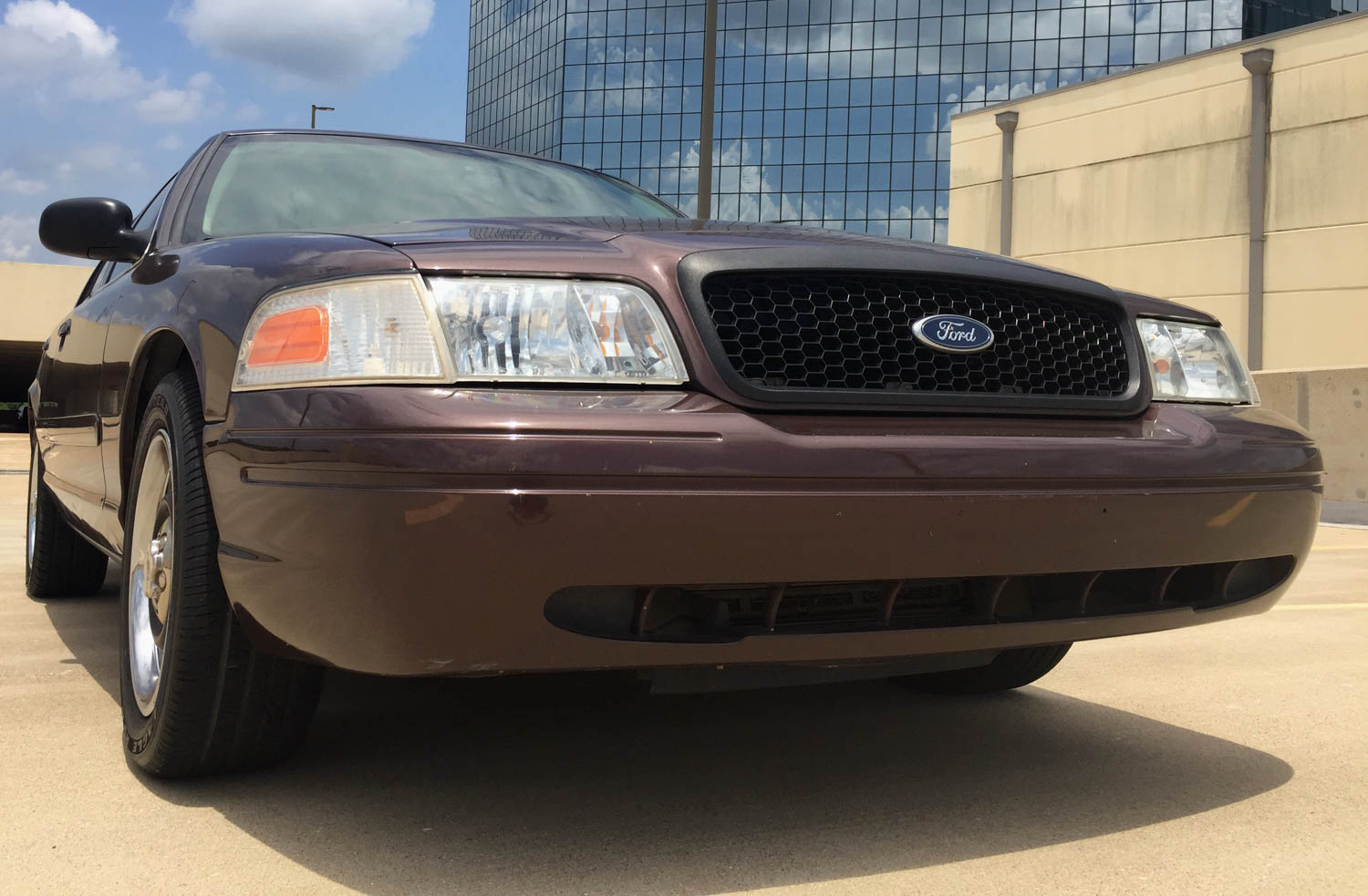
Contrary to modern platforms with tall, blunt noses appeasing Europe’s pedestrian safety standards, the North American CVPI remained true to the longer, lower and wider design aesthetic popularized by GM Designer Harley Earl.
The proof is in the long front overhang, jutting bumper, and low overall height.
Marketplace
Buy and sell classics with confidence
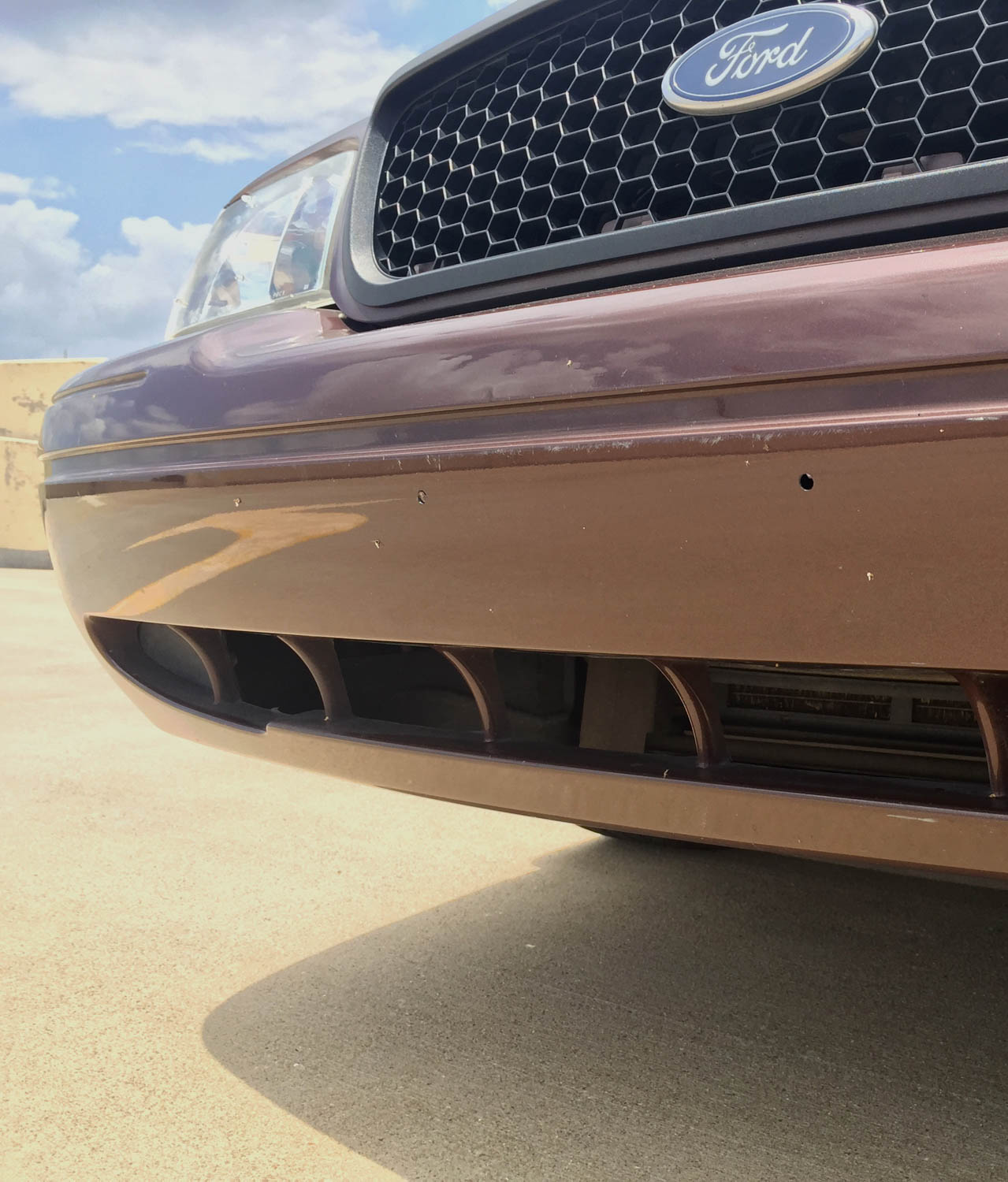
The CVPI avoids the current trend of over-textured, grille-intensive lower valences, since nobody can see these arched supports without going full dog’s-eye view.
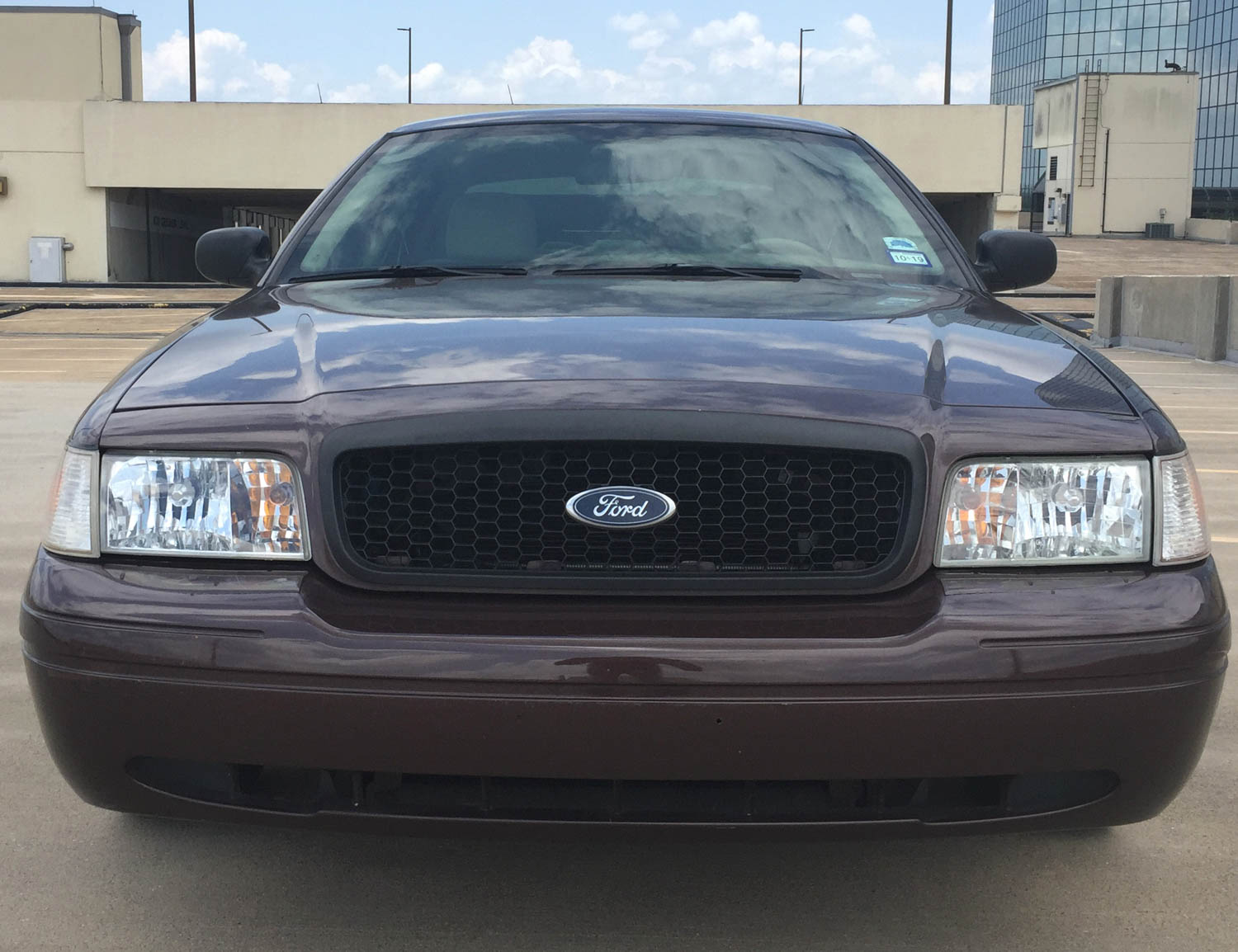
Harley Earl’s designs should have extrapolated effortlessly into modern cars with the dimensions of a tennis court, but the CVPI’s redesigned (1998) front end rejects it somewhat and instead sports taller, more upright (looking?) headlights, with a grille that extends beyond the front fascia. It is a significant step backwards from the 1992 “Aero-Vic” with its almond-eye headlights and a flat, grille-less front clip.
Perhaps we must go backwards to advance forward?
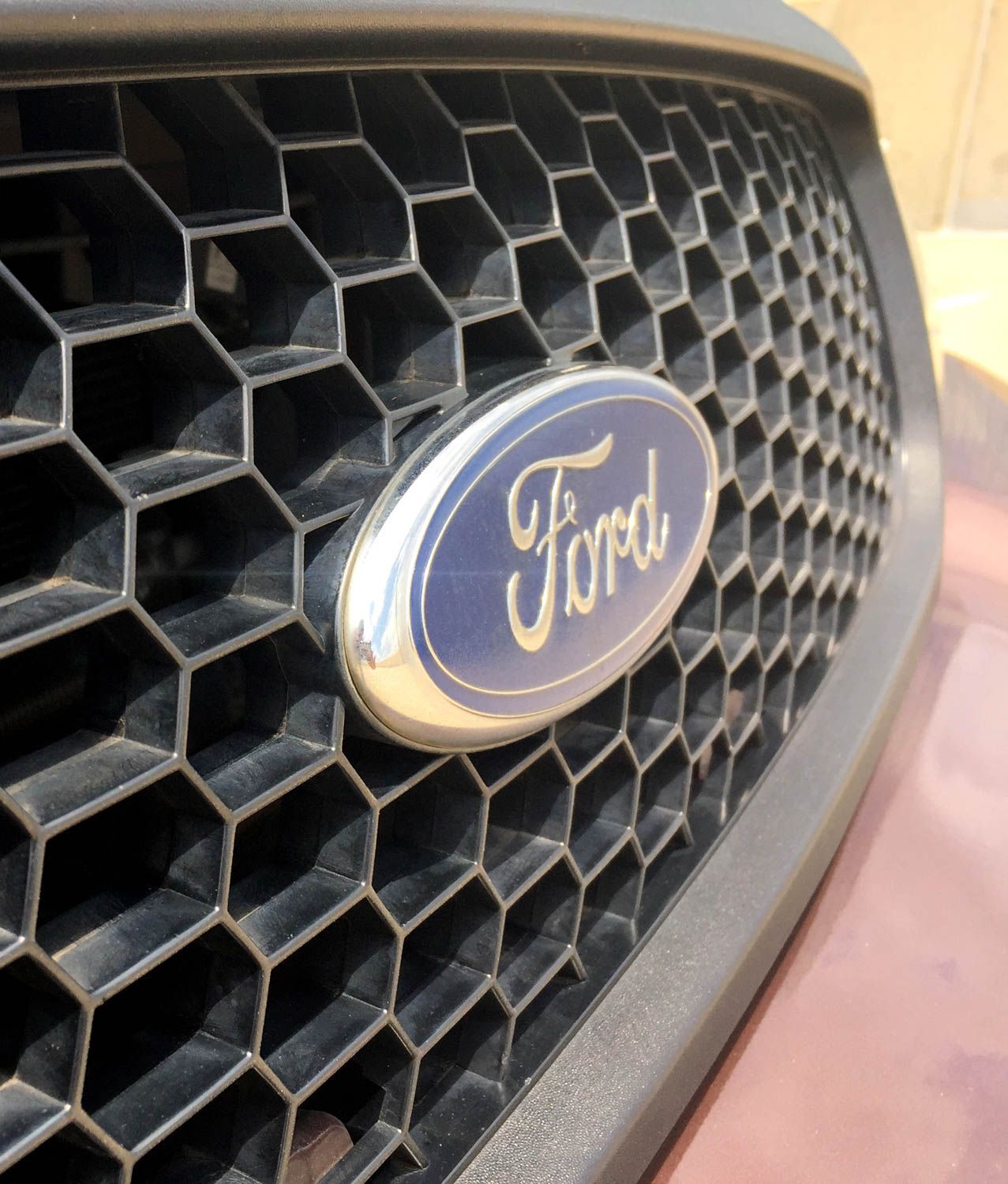
Many new cars possess cosmetic grilles larger than the apertures needed for engine cooling and air conditioning. Not so with these hexagons free of block-off plates.
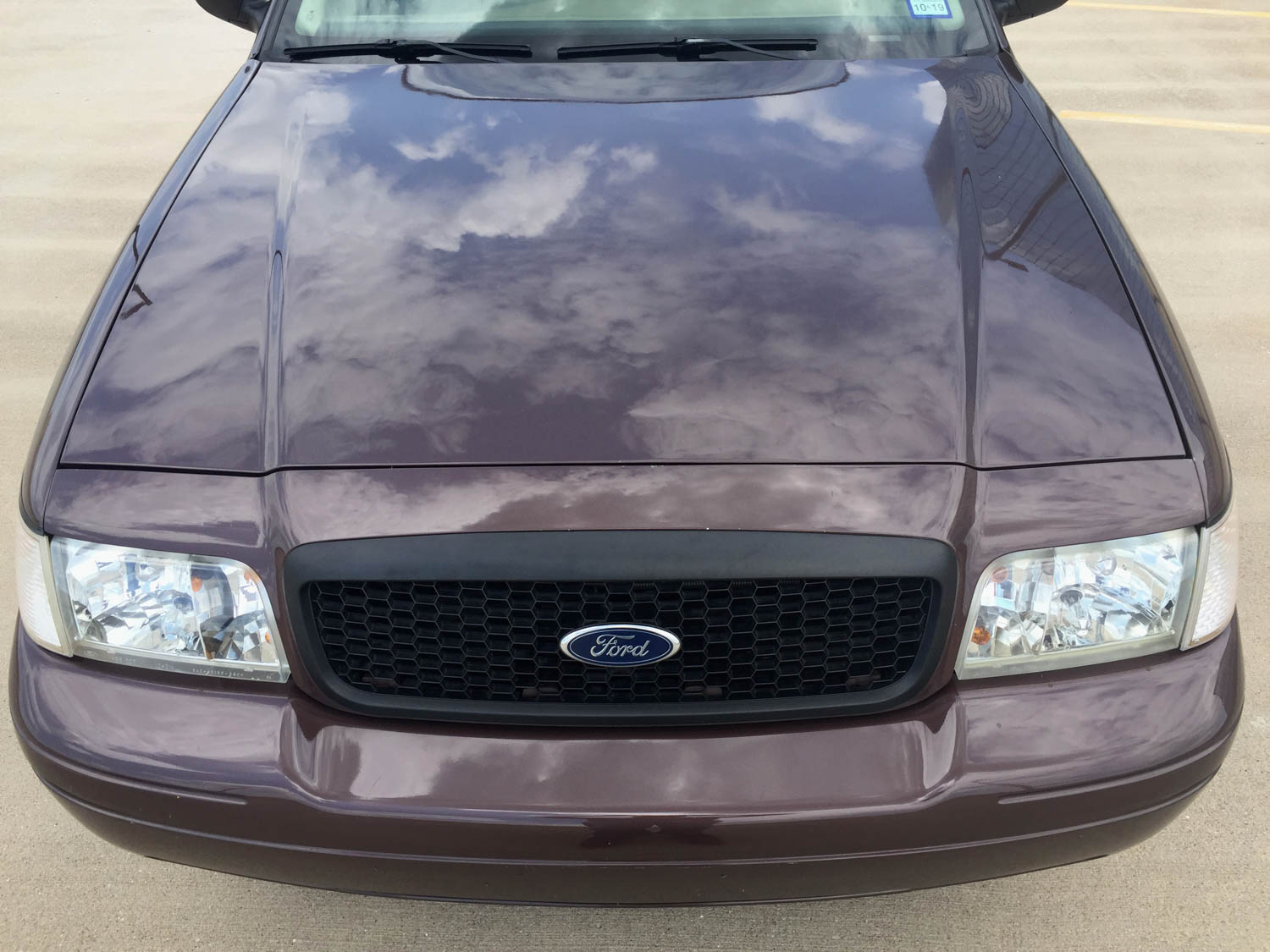
Oh, that power dome hood:effortlessly bending inwards to that honeycomb grille. Too bad said grille’s cast in black plastic, as CVPI’s are value-minded fleet vehicles only.

Aside from the bumper’s confusing carve outs (for plasti-chrome strips of different sizes?) this is a straightforward, nearly elegant face with the right amount of sympathetic curves (grille to bumper cut out, downward sloping inner signal lights) with strong and long flat planes (the rest of the bumper).
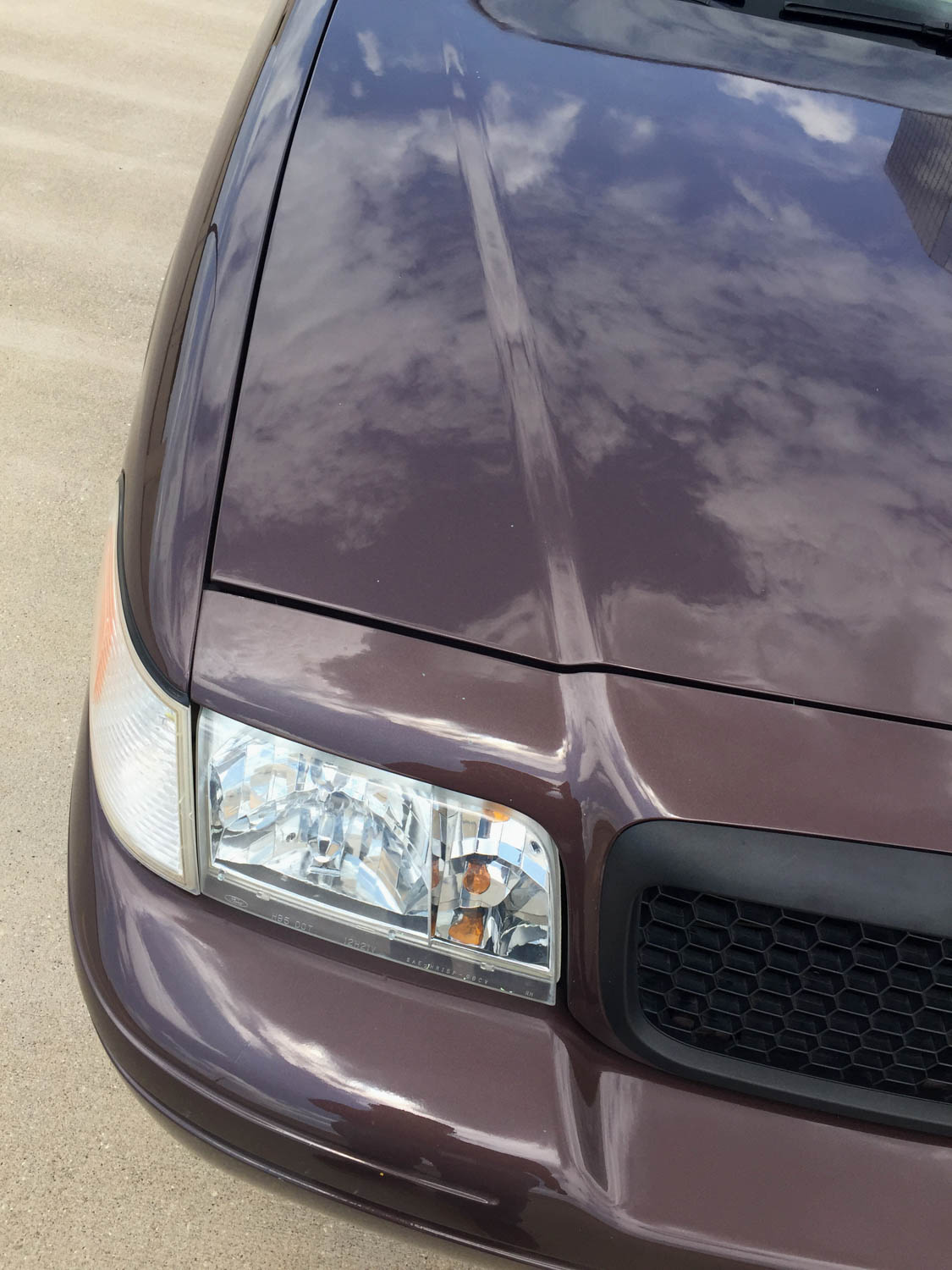
The hood bulge is a far cry from Detroit’s greatest/longest hits, but it’s still the best from the current millennia, even if the panel gaps between the hood, fender and the header panel are depressingly out-of-date.
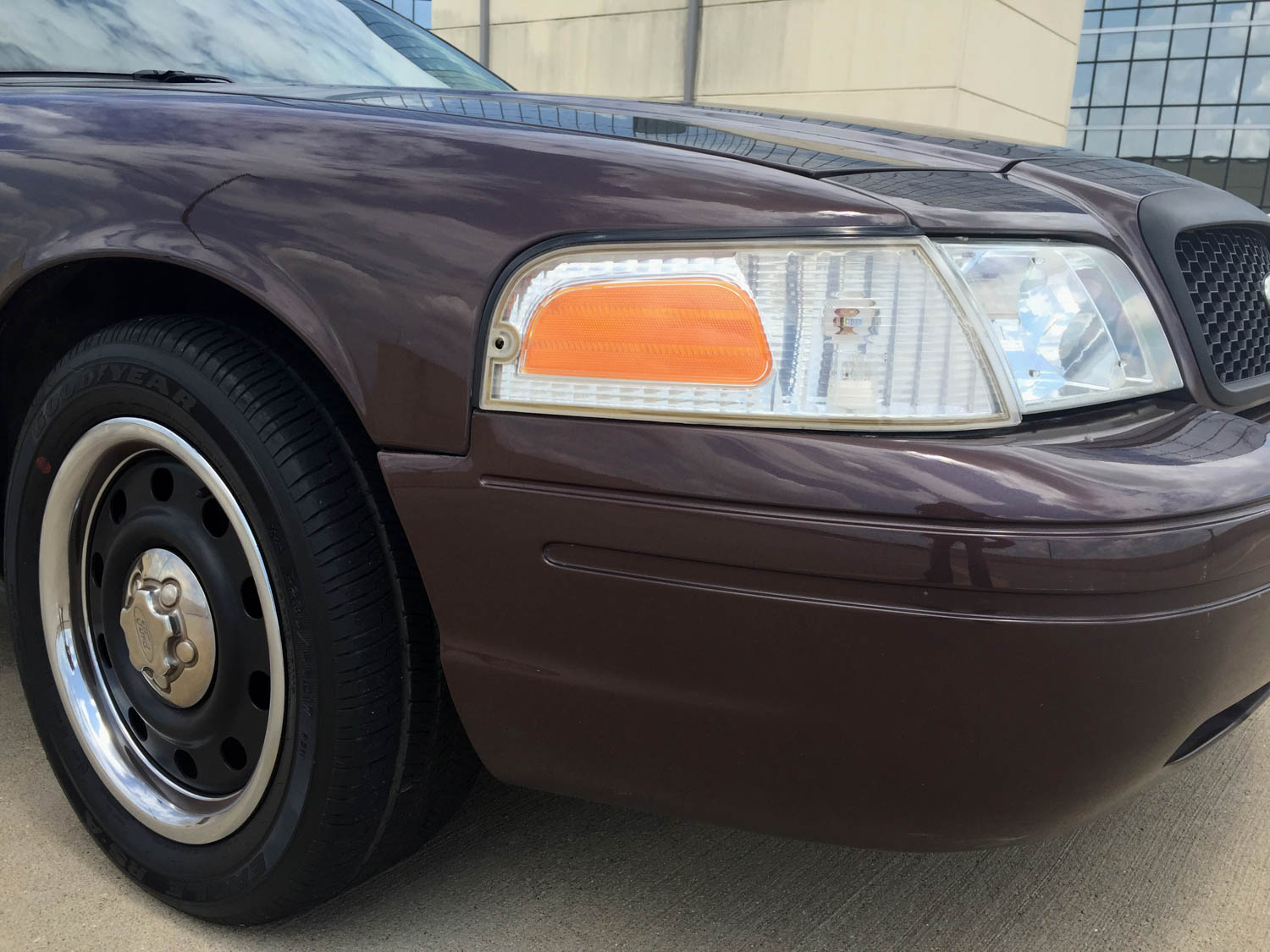
Luckily the fender’s rearward trajectory flows elegantly with the side marker lense’s slanted demeanor.
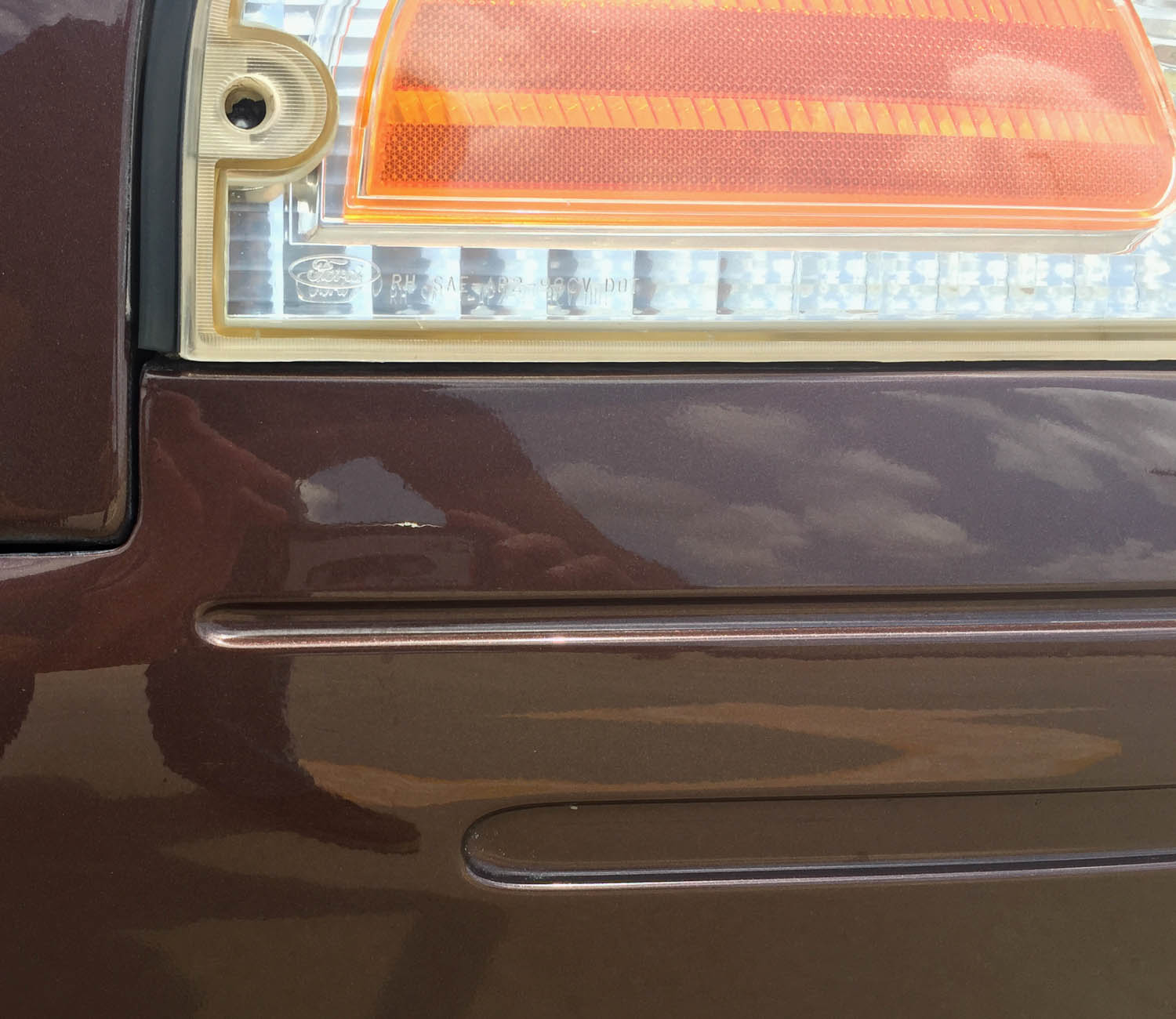
The exposed fastener (broken here) is another sign of an out-of-date design. Plus, the squared-off transition from bumper to fender is a bummer: the Aero Vics(1992) transitioned this better thanks to their more logical placement of a large rub strip encircling the body.

Aside from the here-and-there application of rub strips and carve outs for nonexistent trim, the CVPI sports the classic American Sedan elements: long dash-to-axle ratio (the space between the front door and the front wheel), longer hood, cab backward windshield, and side view mirror brilliantly integrated into the A-pillar.
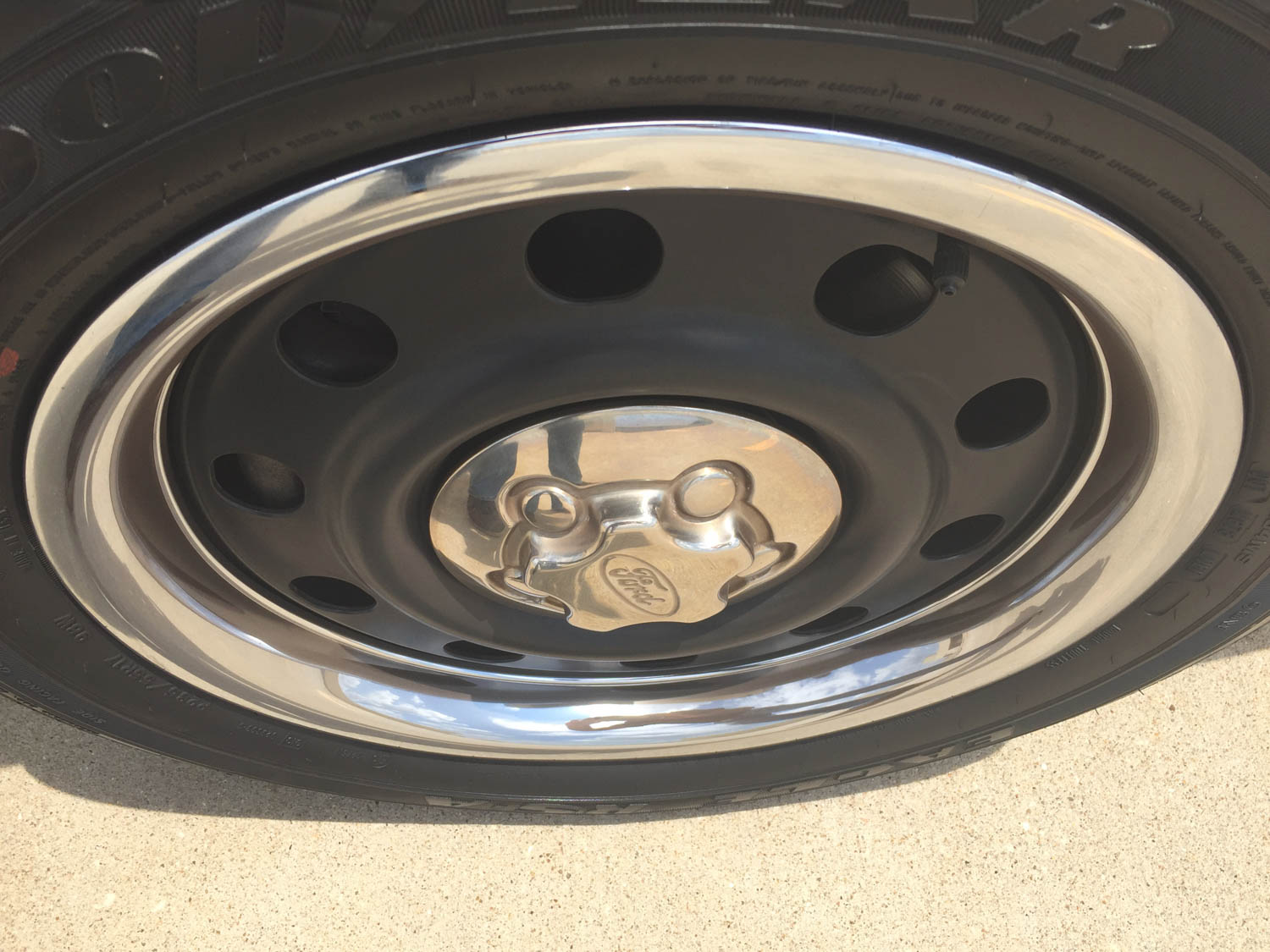
A rare nod to modern suspension design and/or aerodynamics are high offset steel wheels (mimicking Fox Mustang 10-hole wheels) necessitating flatter center caps (borrowed from the Ford Ranger).
The chrome ring is an aftermarket affair, accentuating what little “dish” exists on the steelies’ rim.
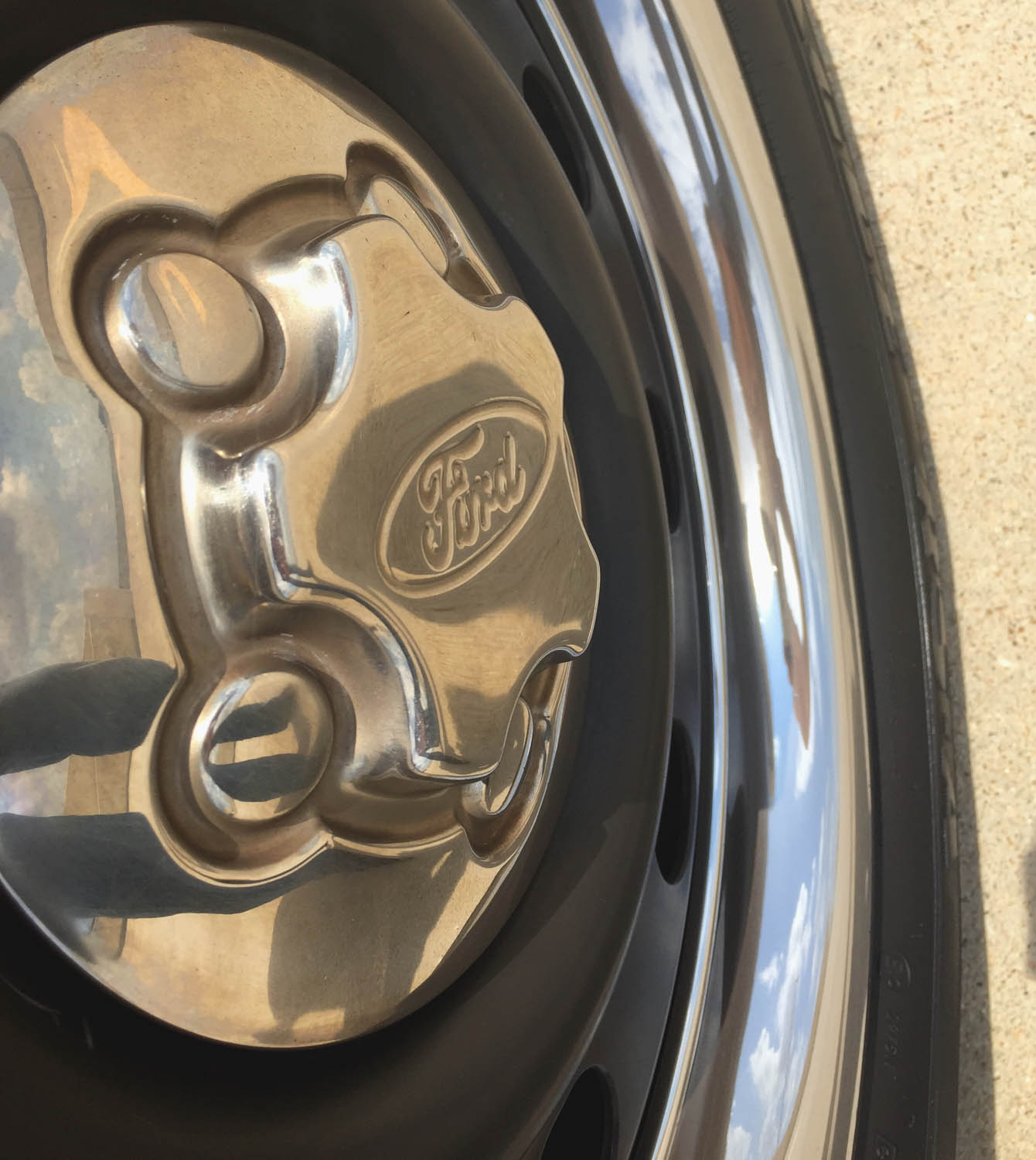
Fake, implied lugs are a cardinal sin on hubcaps.
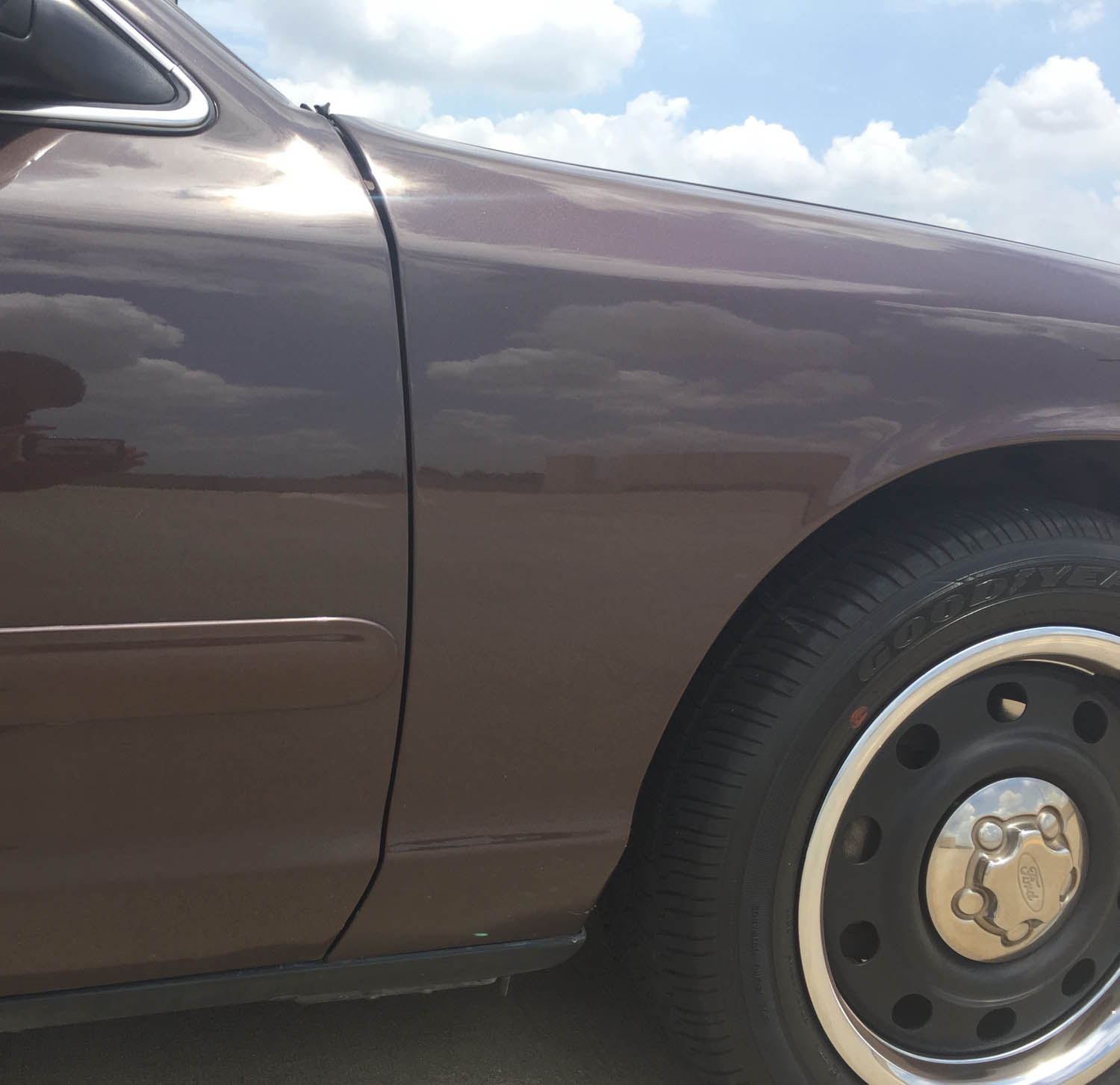
The rising hood line is a lost art, as today’s sedans have a plateau due to their massively tall front fascias.
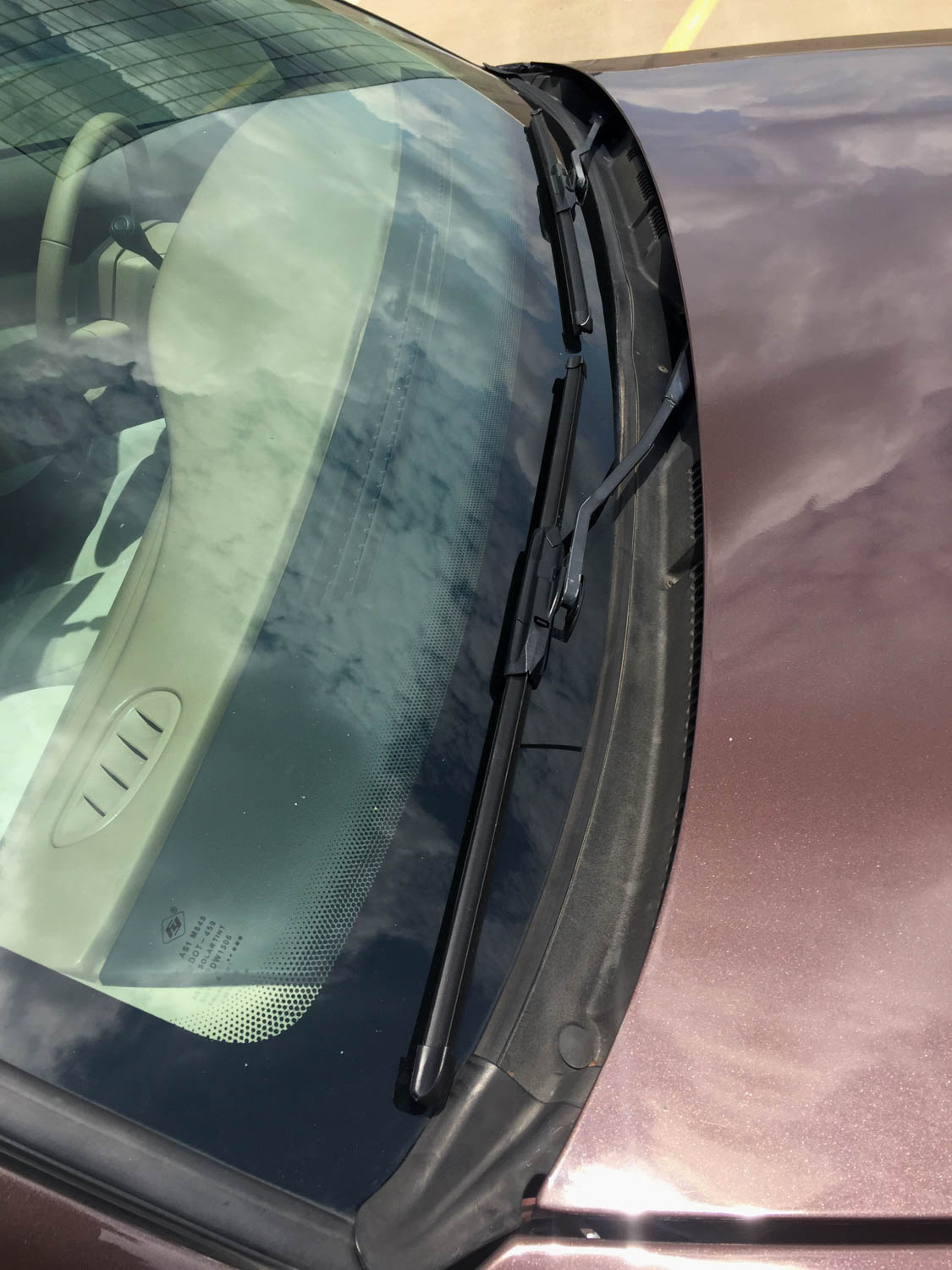
The short cowl and narrow dashboard prove the Panther chassis is a design from an era before the Chrysler LH, which popularized “cab forward design” featuring more glass and more dash.
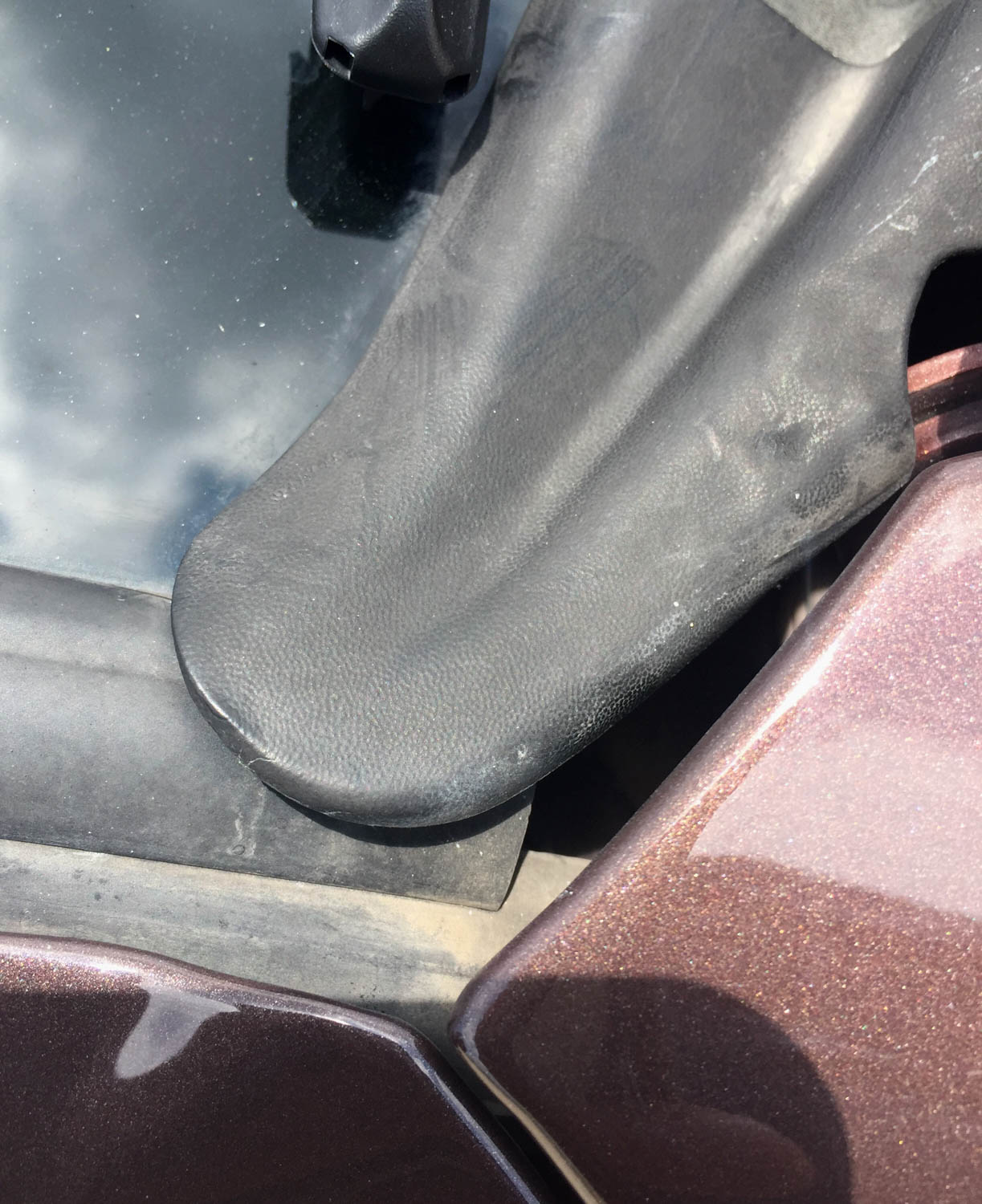
This CVPI’s had at least one replacement windshield but still, these mismatched shapes suggest they were never supposed to fit flush?
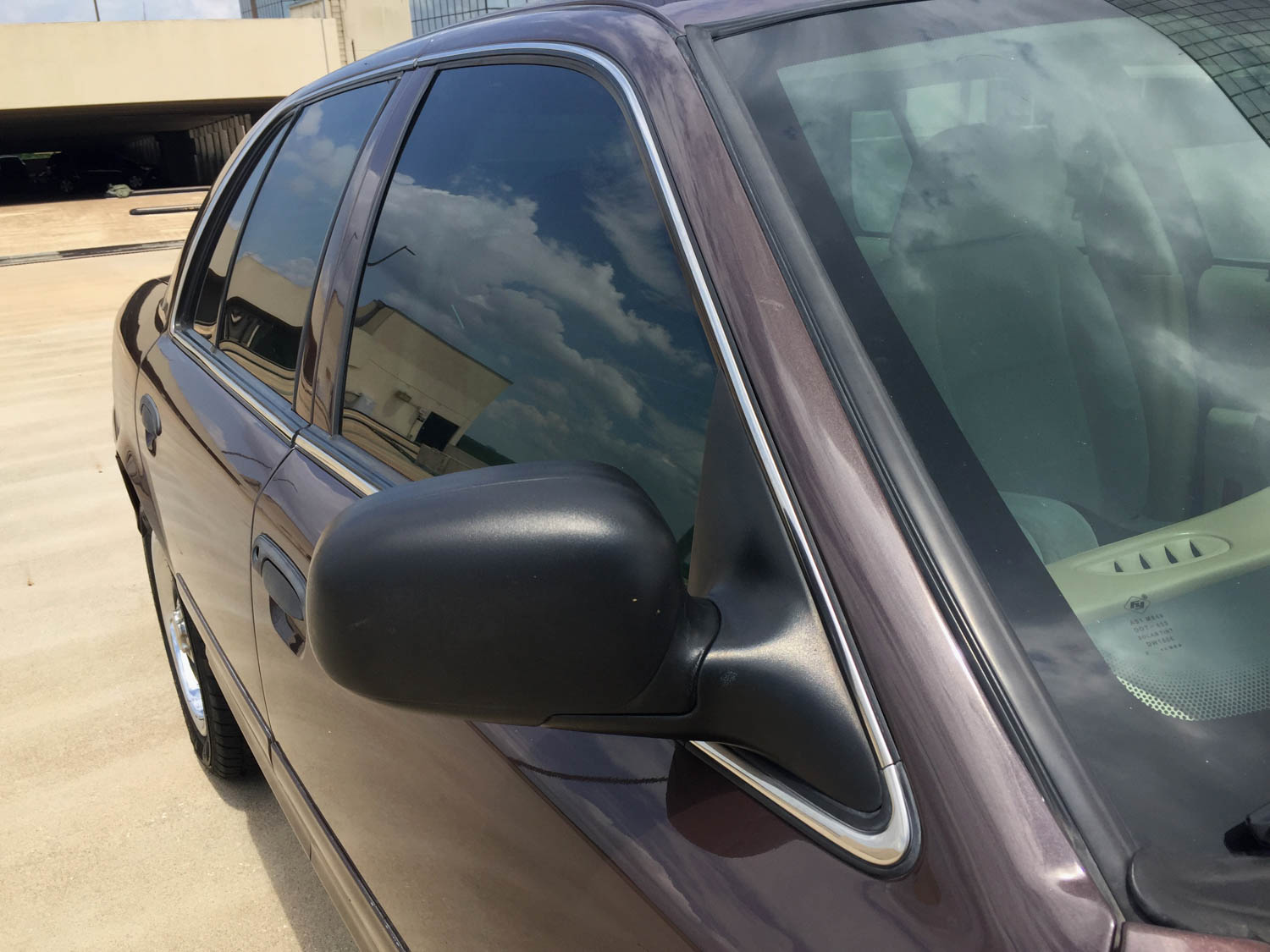
The smooth transitions from cowl to each pillar suggest this is a dated greenhouse, but a total lack of DLO FAIL in the A-pillar is a rare treat. Which is a double win!
Wait, what’s that hard reflection on the A-pillar?
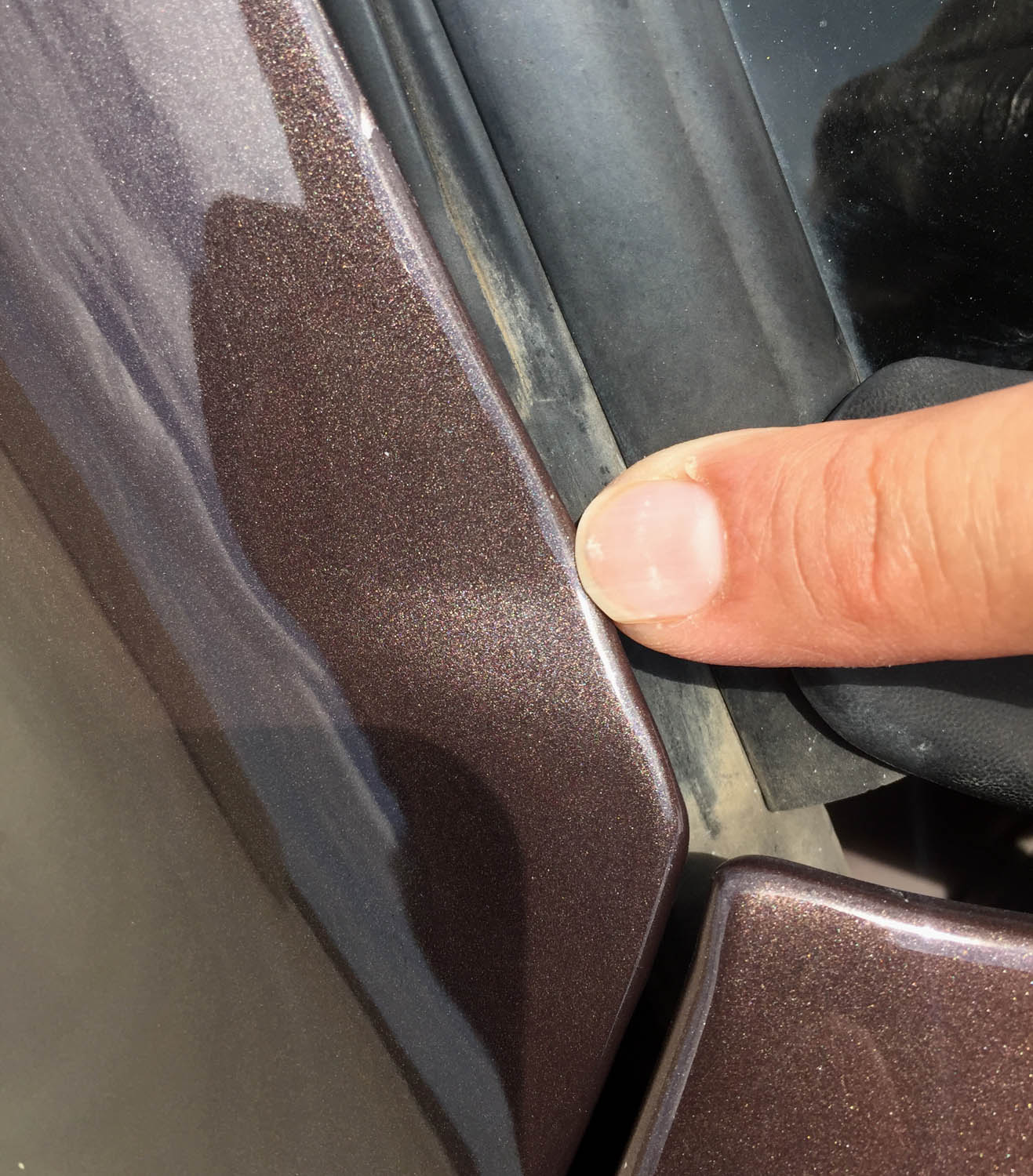
Not a dent, it’s a transition from hood to A-pillar!
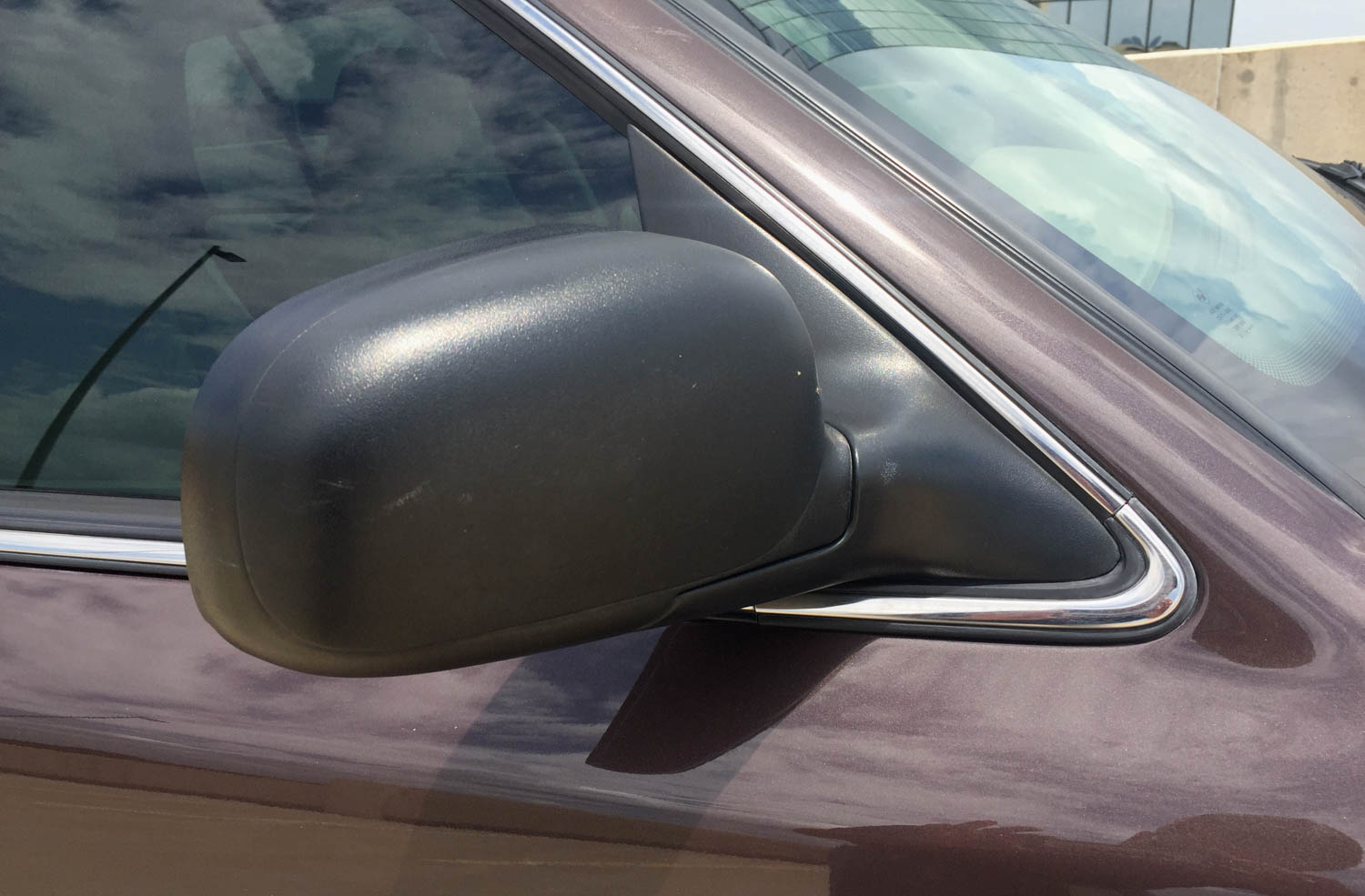
Supposedly the modern, pedestal-mounted side view mirrors are superior to these A-pillar mounted affairs because of wind noise concerns. Perhaps, but this CVPI is silent in hundreds of highway miles under my tenure.
And this older design cleans up the bodyside, even in a cheap, textured black plastic.
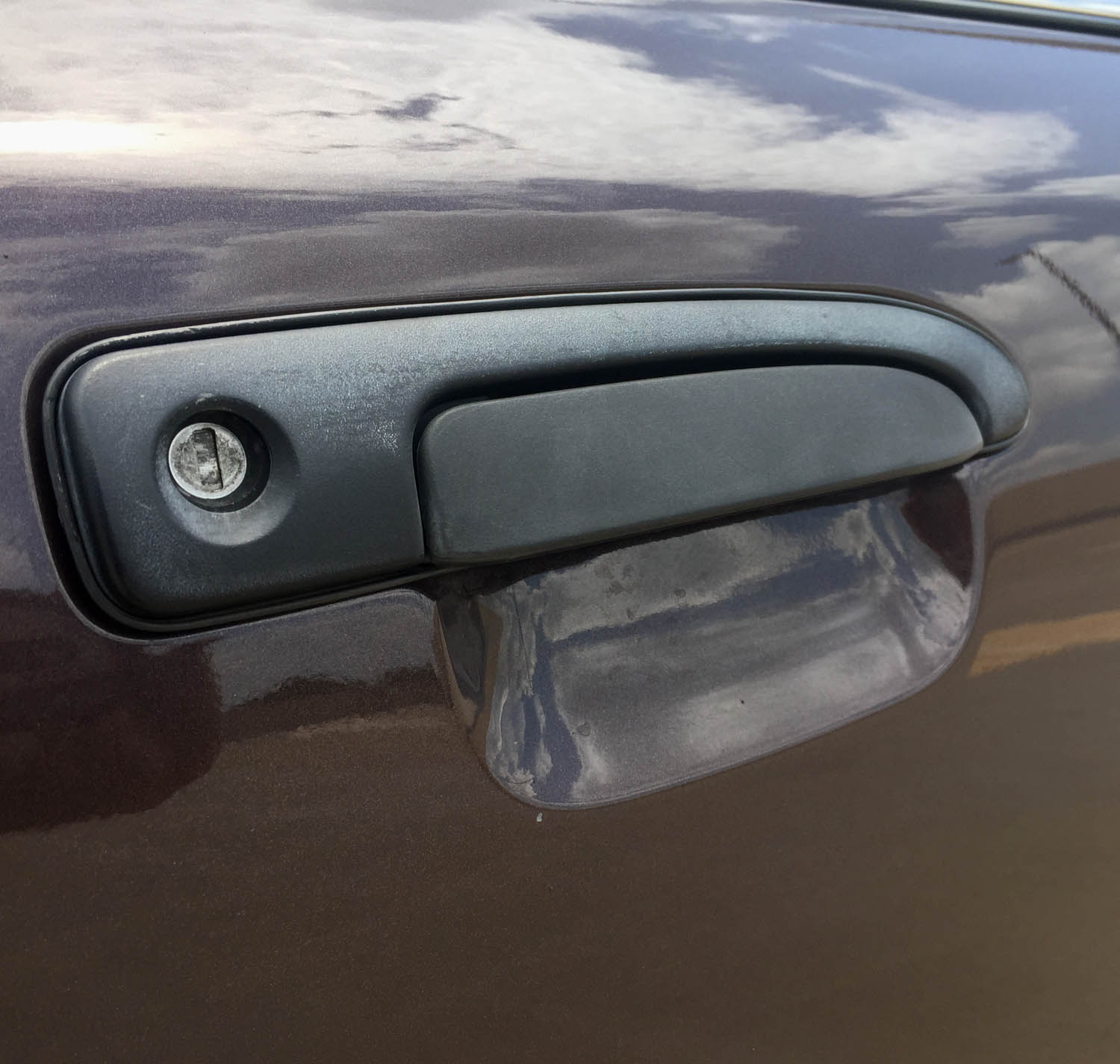
Speaking of, the CVPI’s black door handles are more sinister than those of the civilian model’s chrome. And their body-hugging, pull-up grab handle is a striking contrast to today’s ubiquitous pull-out handles.
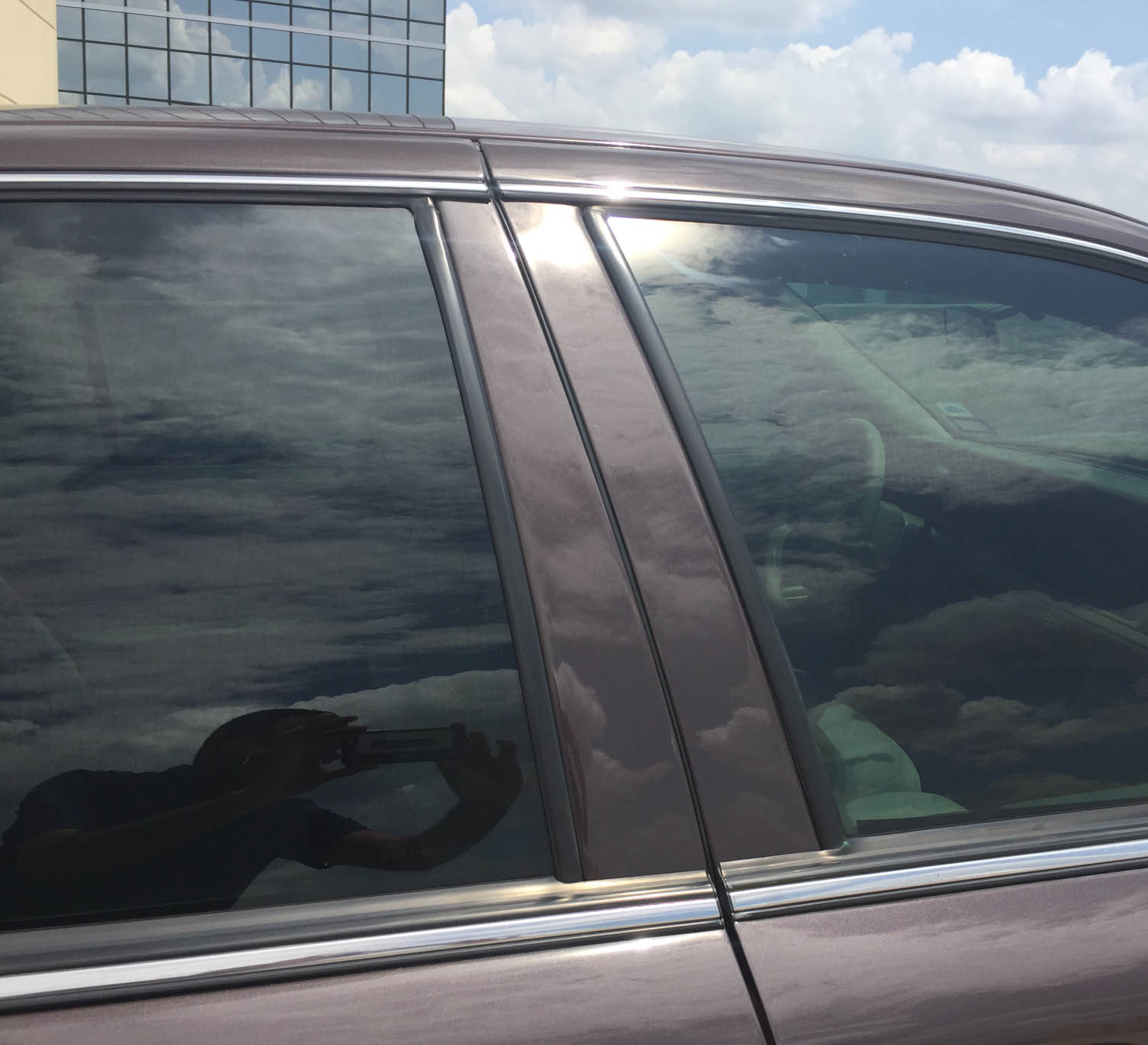
Window tinting accentuates the need for blackout trim: it would integrate the already streamlined window and weatherstrip design.

Much like the short (cab backward) windshield, the “formal” C-pillar ensures a flatter roofline. Which creates an angular, square-ish hole in which passengers easily enter/exit.
Behold: another reason why people gravitate to CUVs over today’s slope-roofed sedans. But you don’t need to buy a box on stilts when you still feel the pangs of Panther Love.
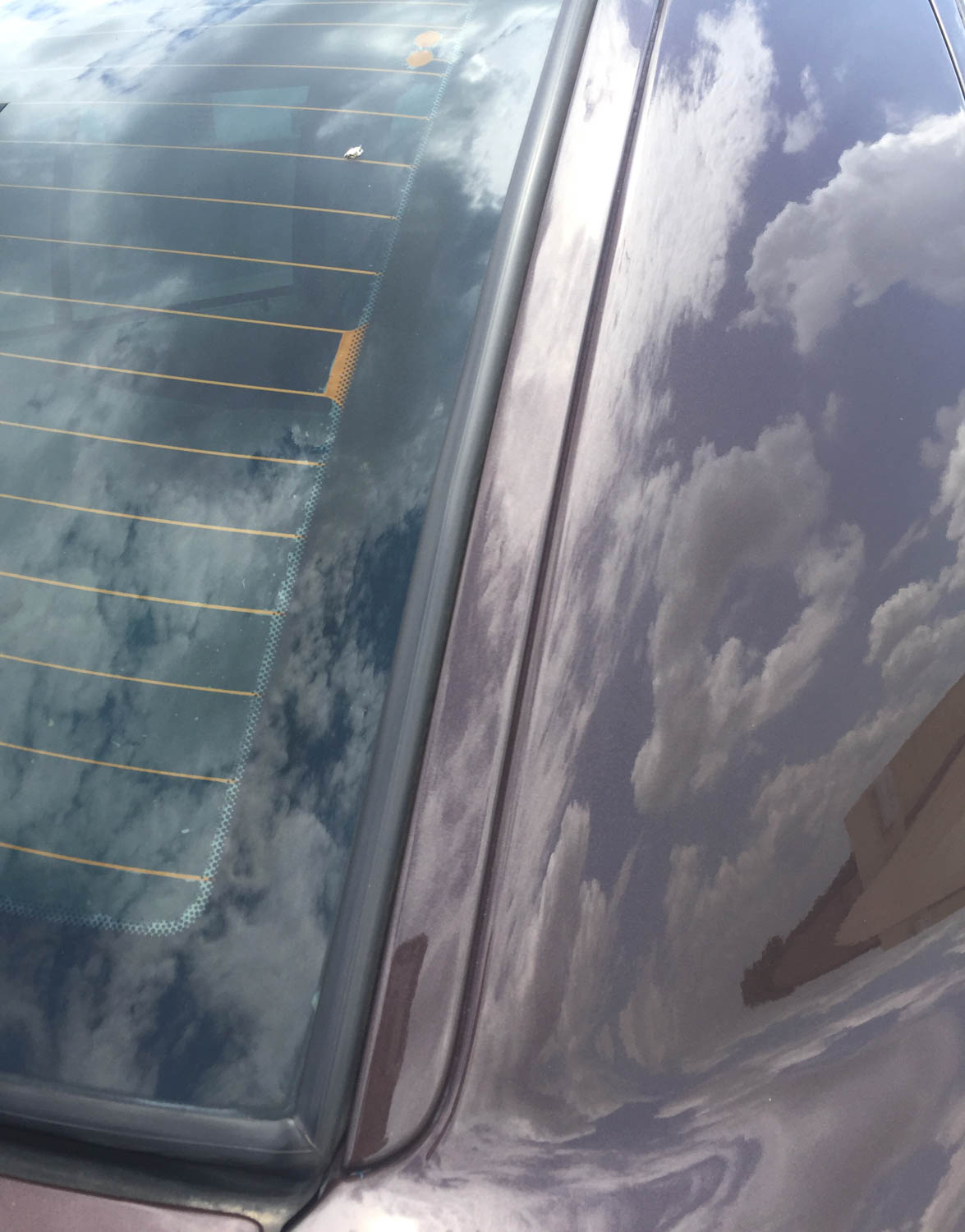
The integrated rain gutter is more visible on these upright C-pillars (i.e. its not on the roof of a fastback), even with the slick flush mounting to that brown paint.
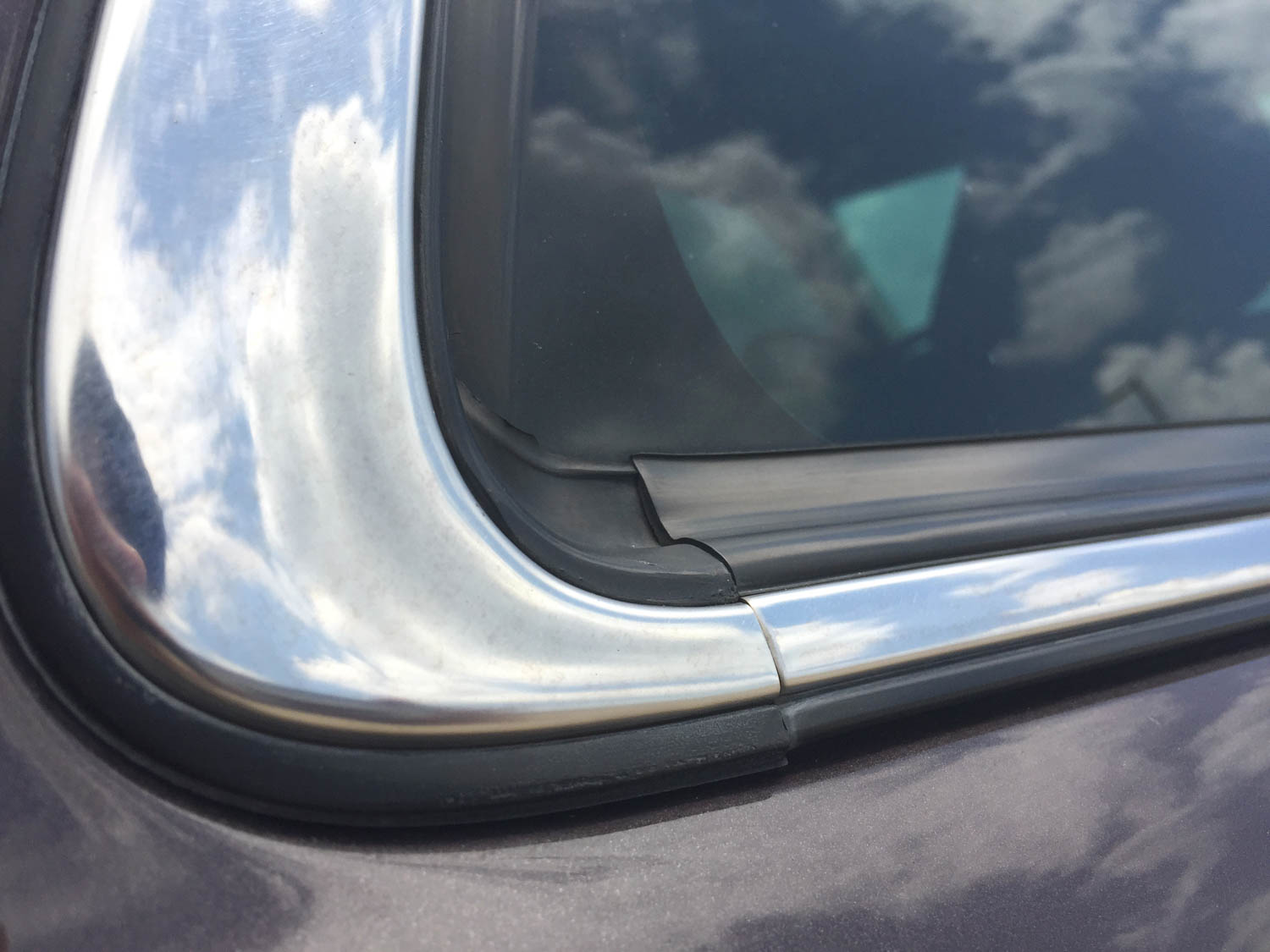
Forgivable in a car this cheap, but the transition from side to bottom chrome trim is never ideal when a round form abruptly stops and starts: two parts are needed to ensure economic feasibility.
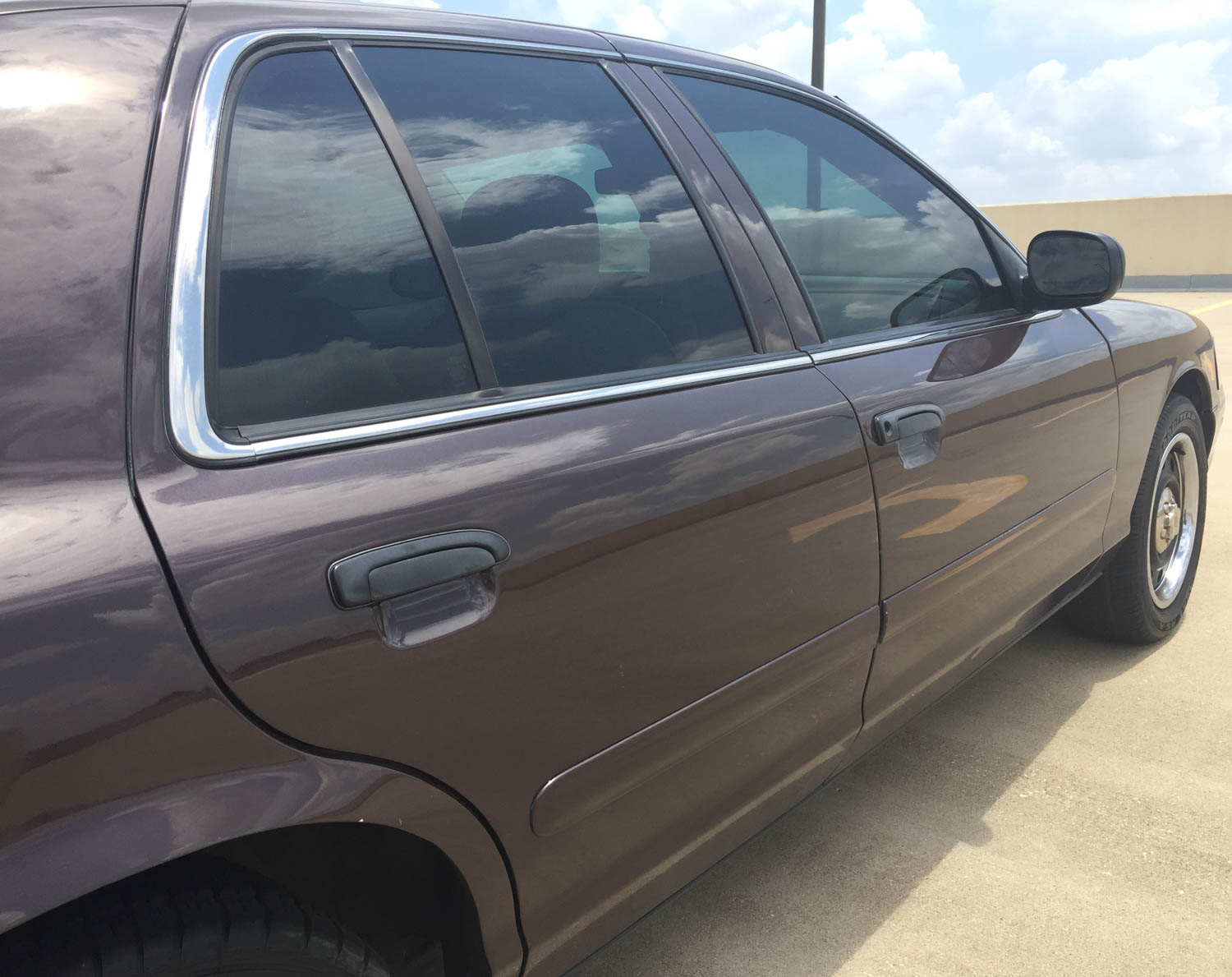
Step back and the chrome morphs into an effortless band of bling around an otherwise stately series of parallel lines.
The trend continues with the rear door wrapping around the rear wheel arch.

That door arch necessitates a large, fixed rear quarter glass pane to ensure the rear window is small enough to clear the body when rolling down all the way.
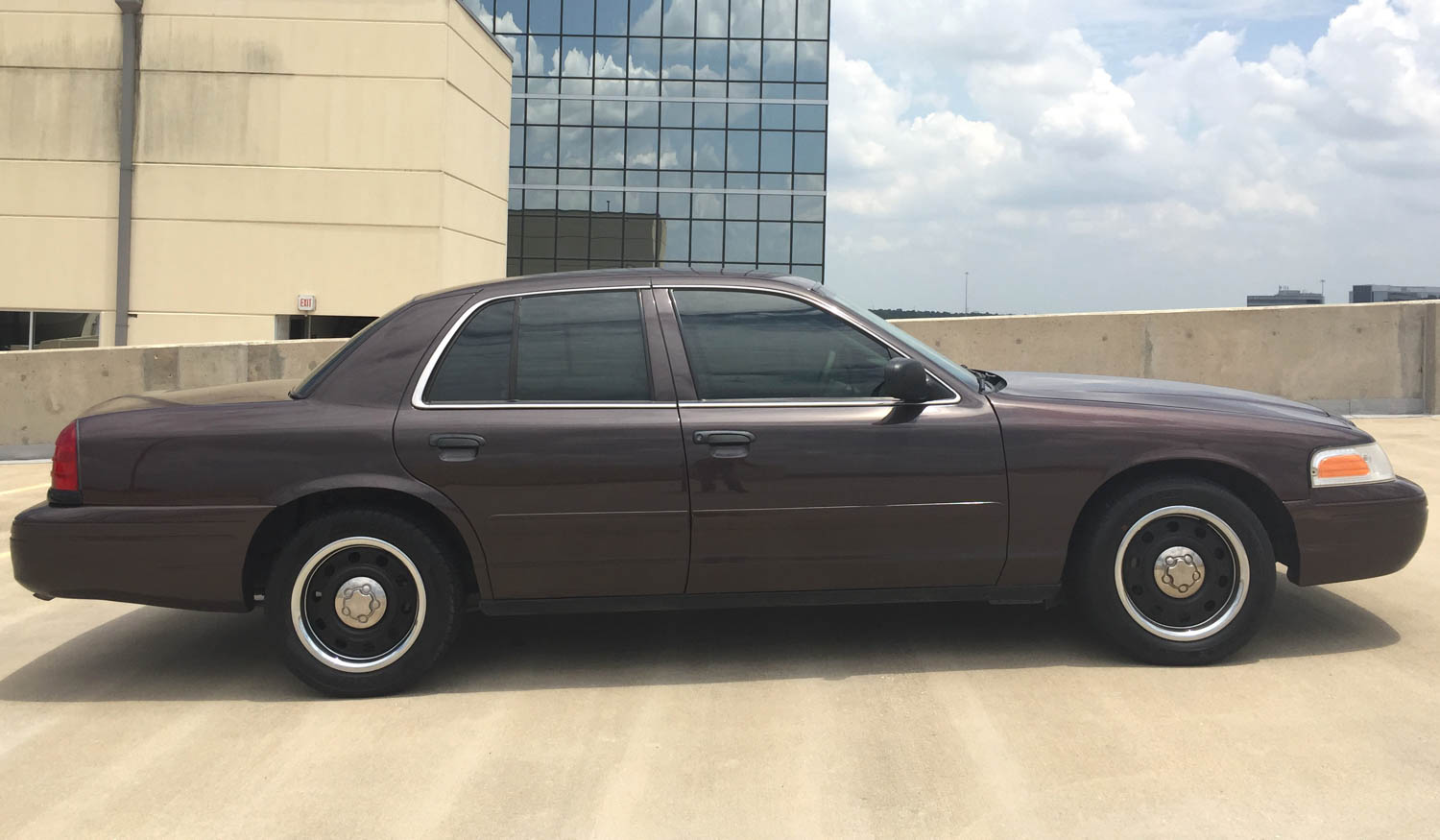
A perimeter body side moulding would integrate better than the spastic application here, but theCVPI’s classic proportions and front/rear overhangs are still impossible to overlook.
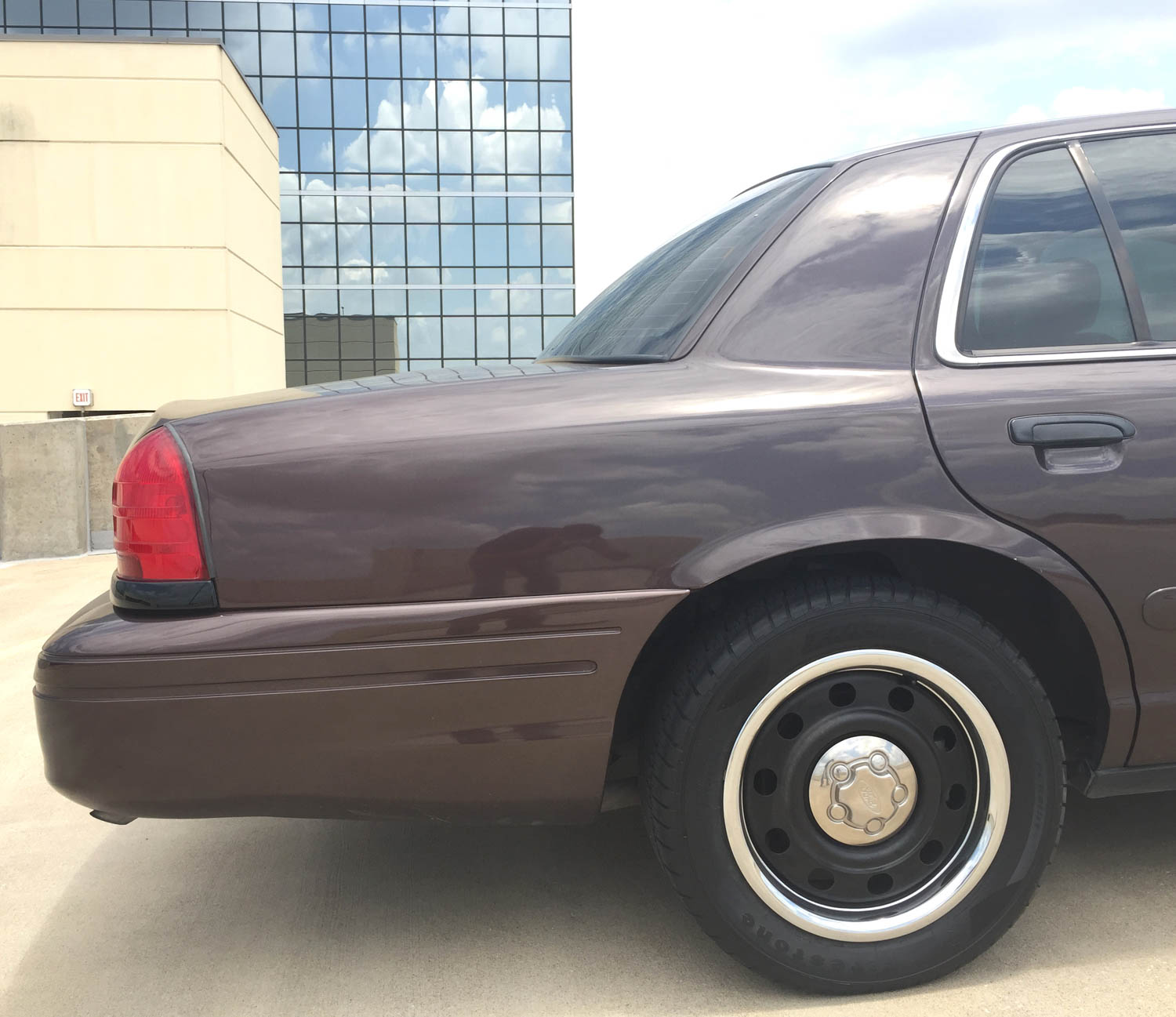
Far from modern sedan’s fastback rooflines, but the CVPI’s rear window curvature adds sleekness impossible to replicate in a flat sheet of glass. The curve logically extends into a character line in the C-pillar and blends into the crease below the greenhouse.
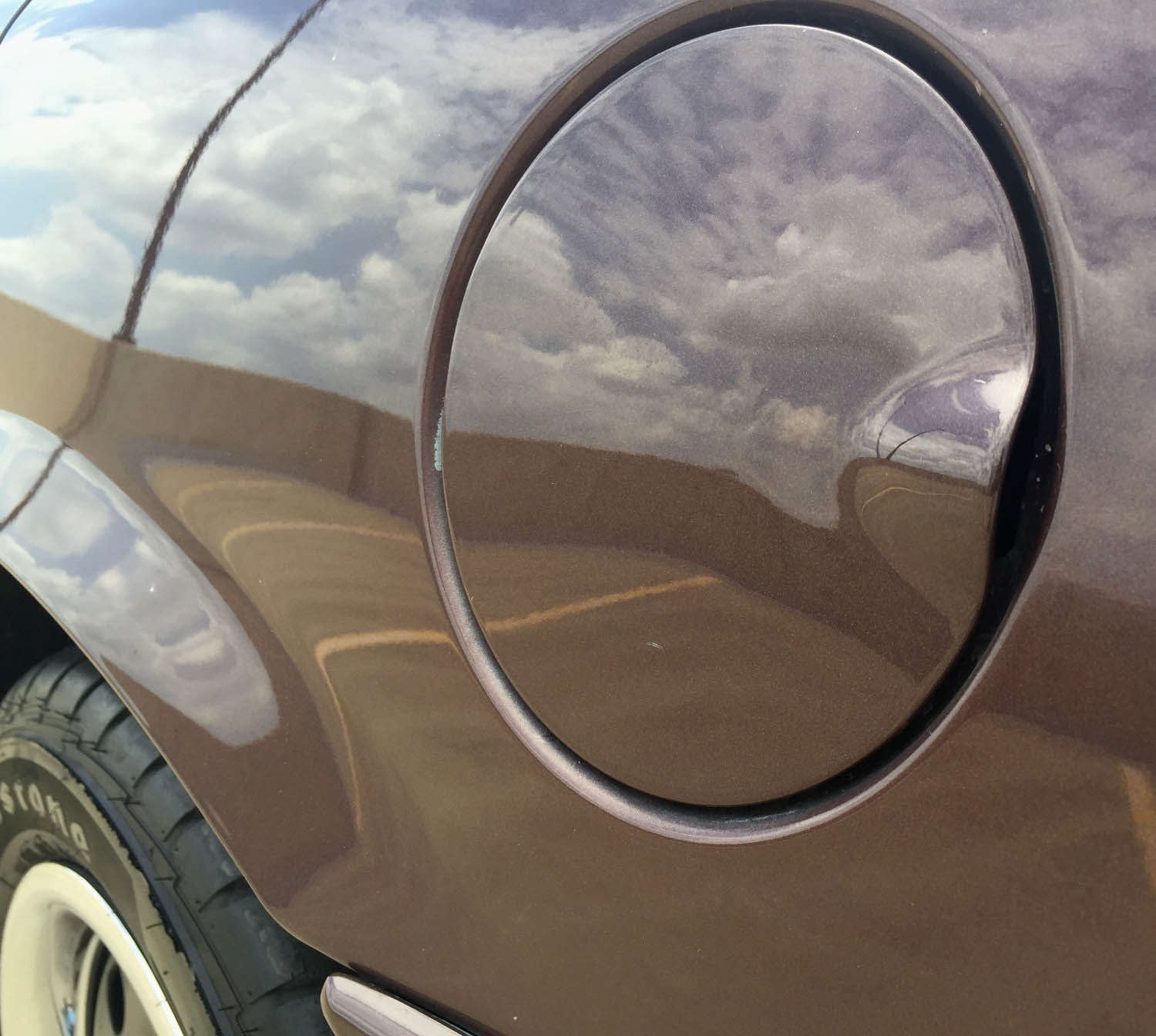
How many vehicles still have a round gas filler door with a spot for your finger?

Much like the front bumper, the rear’s conflicting carve outs are an unnecessary complication.
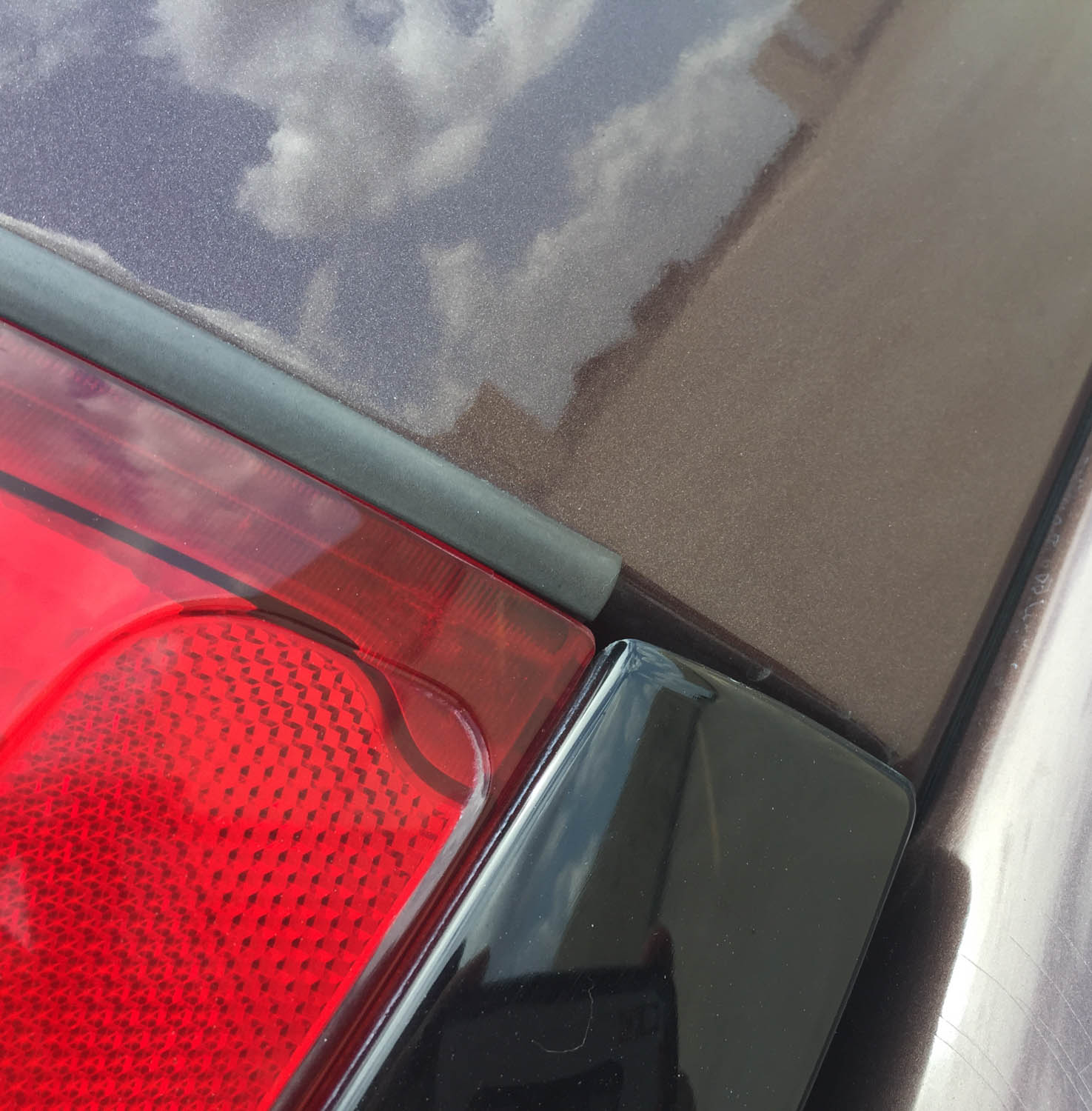
Either the light’s lower trim needs a bit more length,or the rubber seal is too short.
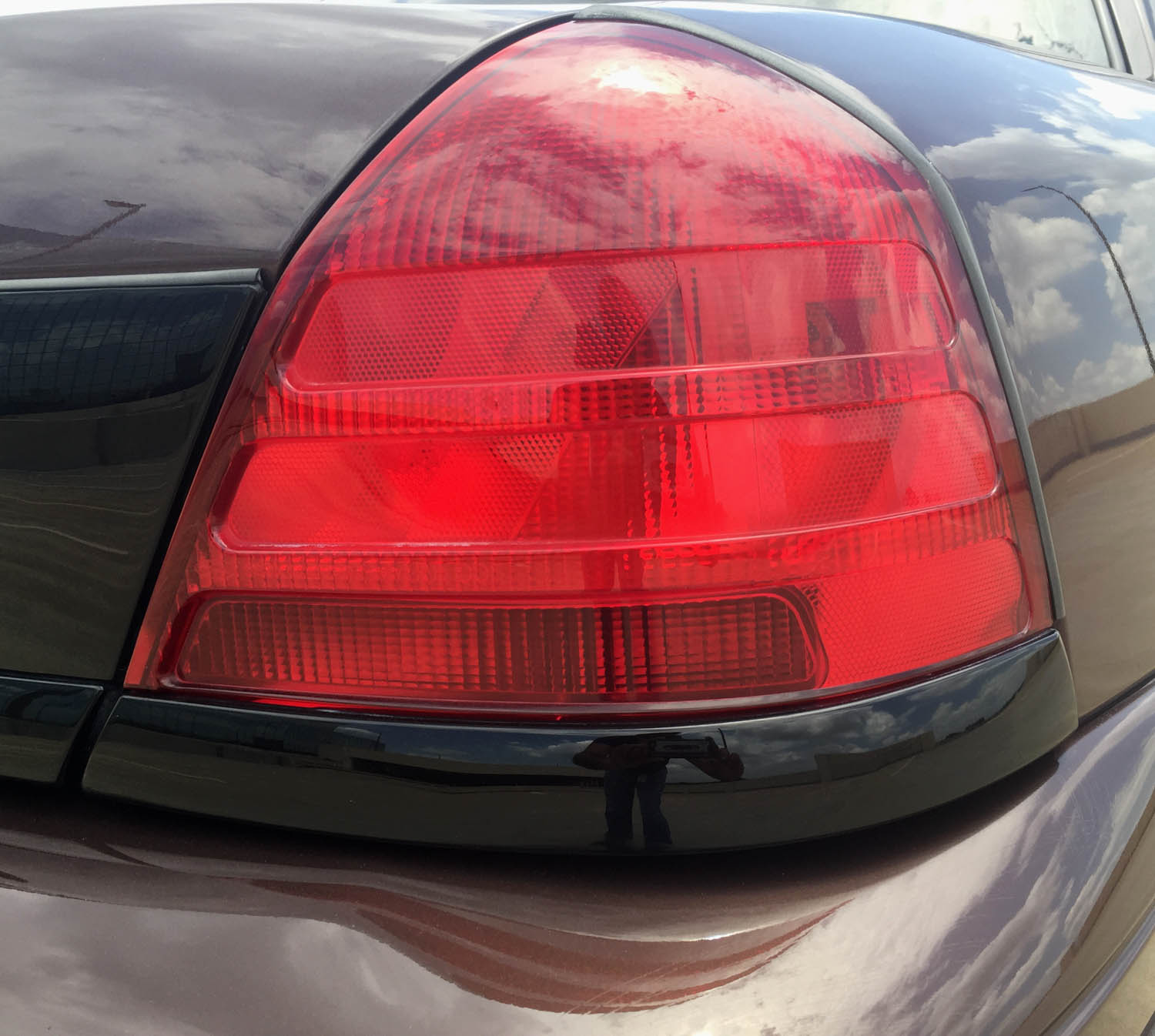
The somewhat triangulated taillight was the byproduct of Ford’s fascination with the Jaguar XJ, a fascination which extended to several other vehicles including the FWD 1998-2002 Lincoln Continental. Unlike the shameful posterior of that car, however, this Vic features Mercedes-a-like ribs on the plastic for extra surface tension.
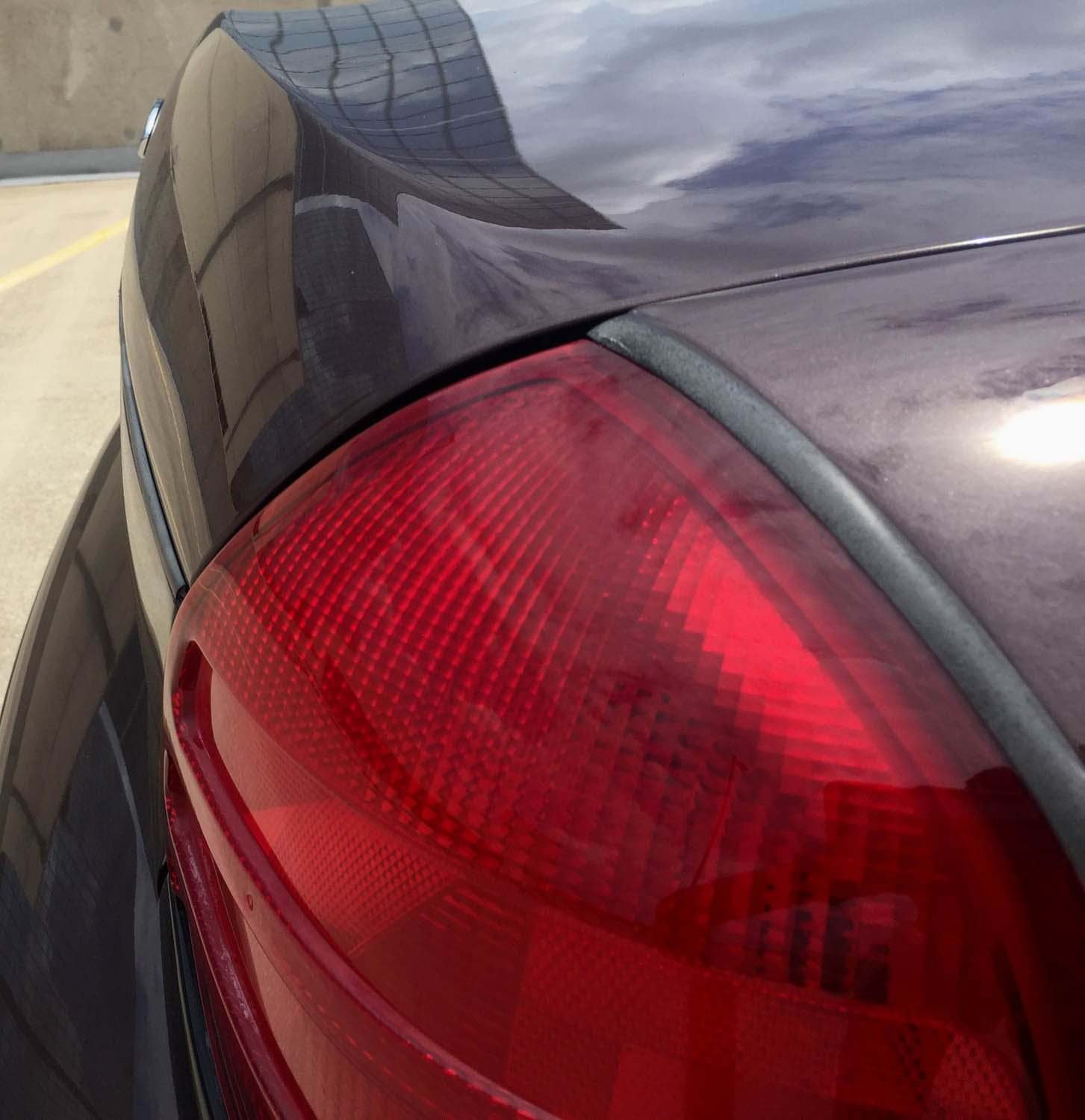
Note how the taillight is the ending point for the quarter panel’s curvature and, more importantly, the beginning of the decklid’s upward rise.
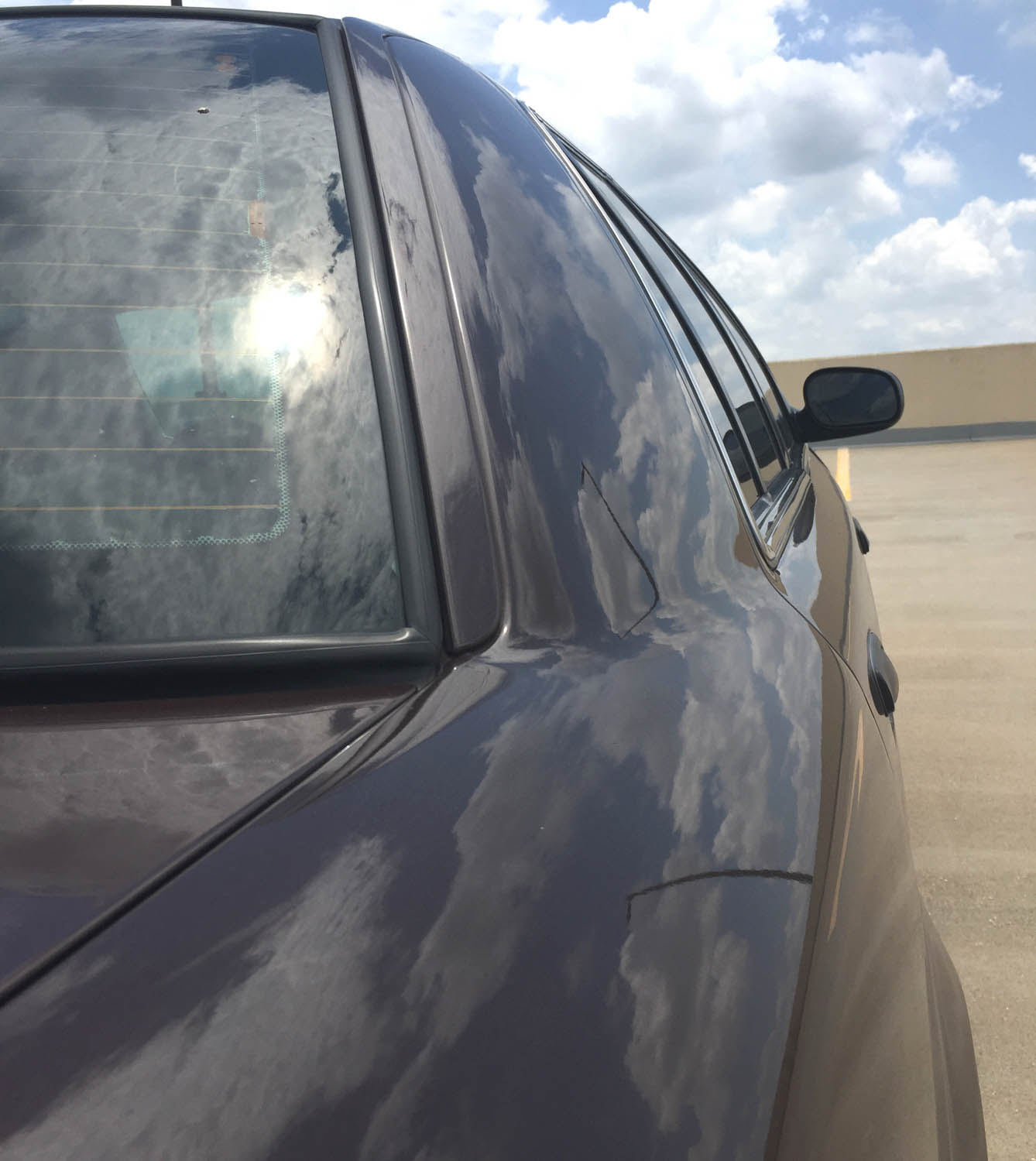
All the CVPI’s roof pillars bend aggressively from this angle, which is called tumblehome. This classic design trick keeps vehicles from looking top heavy and/or boxy from mostangles.
Compared to every sedan after it, the CVPI’s tumblehome almost uniquely accentuates the strong “shoulder” line that extends from the doors to the trunk. (i.e. the part that reflects the clouds in the sky)
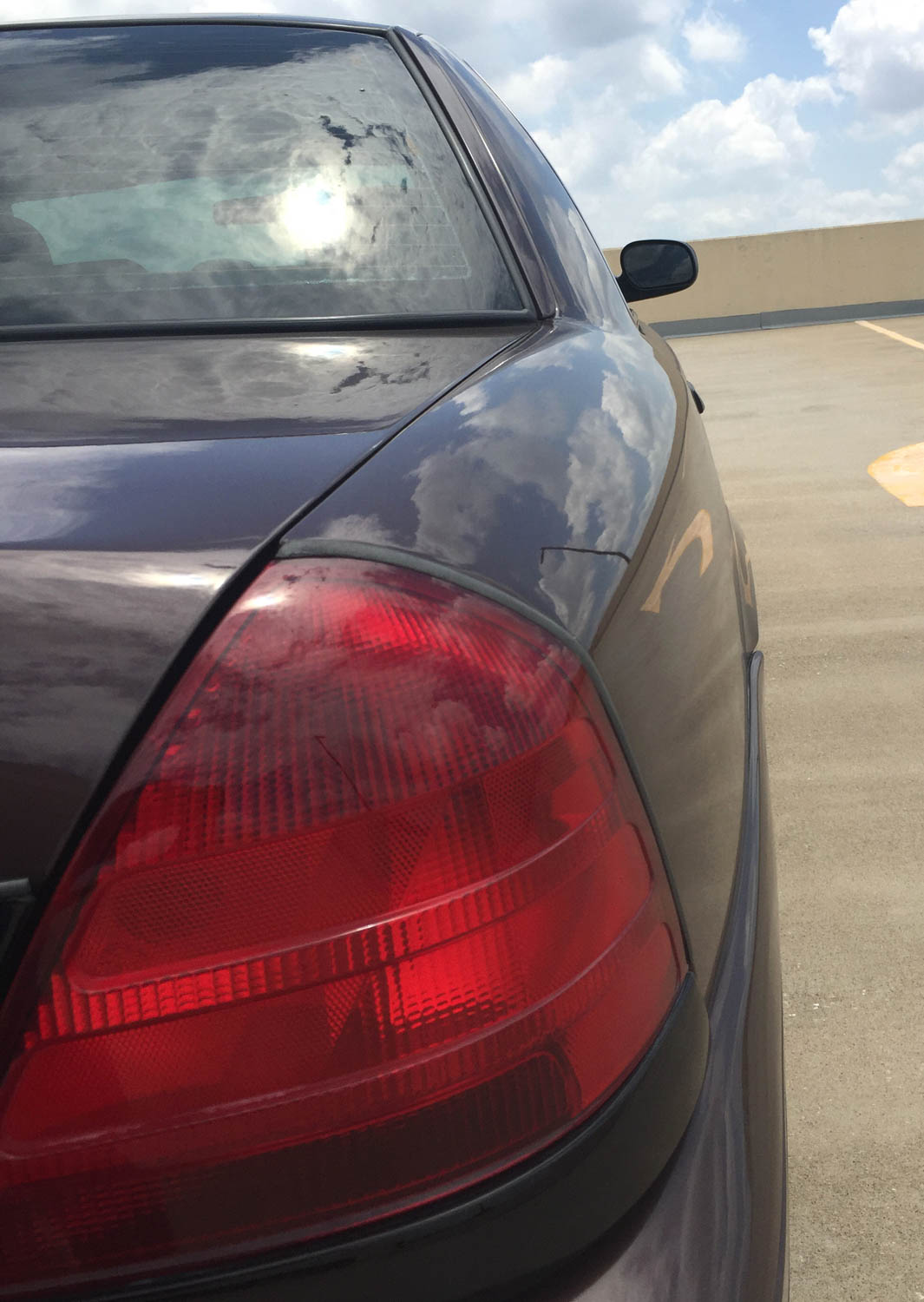
So let’s relish the sculpted side profile of a car that could have been boxier than a school bus, but instead chose a broad, muscular shoulder.
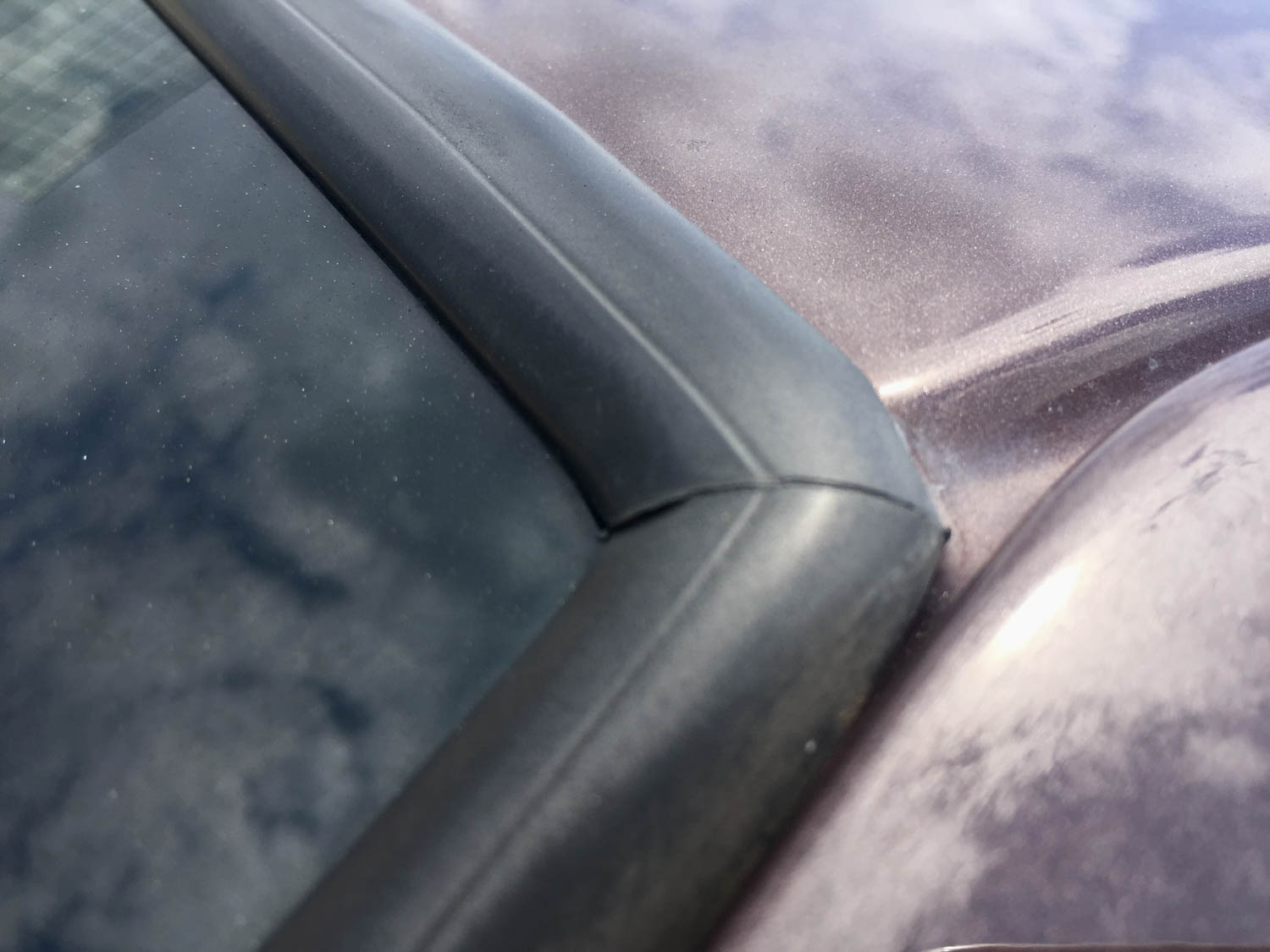
If you needed any more proof that the Crown Victoria was a cost-engineered vehicle catering to an ever decreasing crowd: here’s a terribly clumsy rubber seal for the rear glass.

But step back and enjoy the tumblehome, because Panther Love wouldn’t be the same without it.
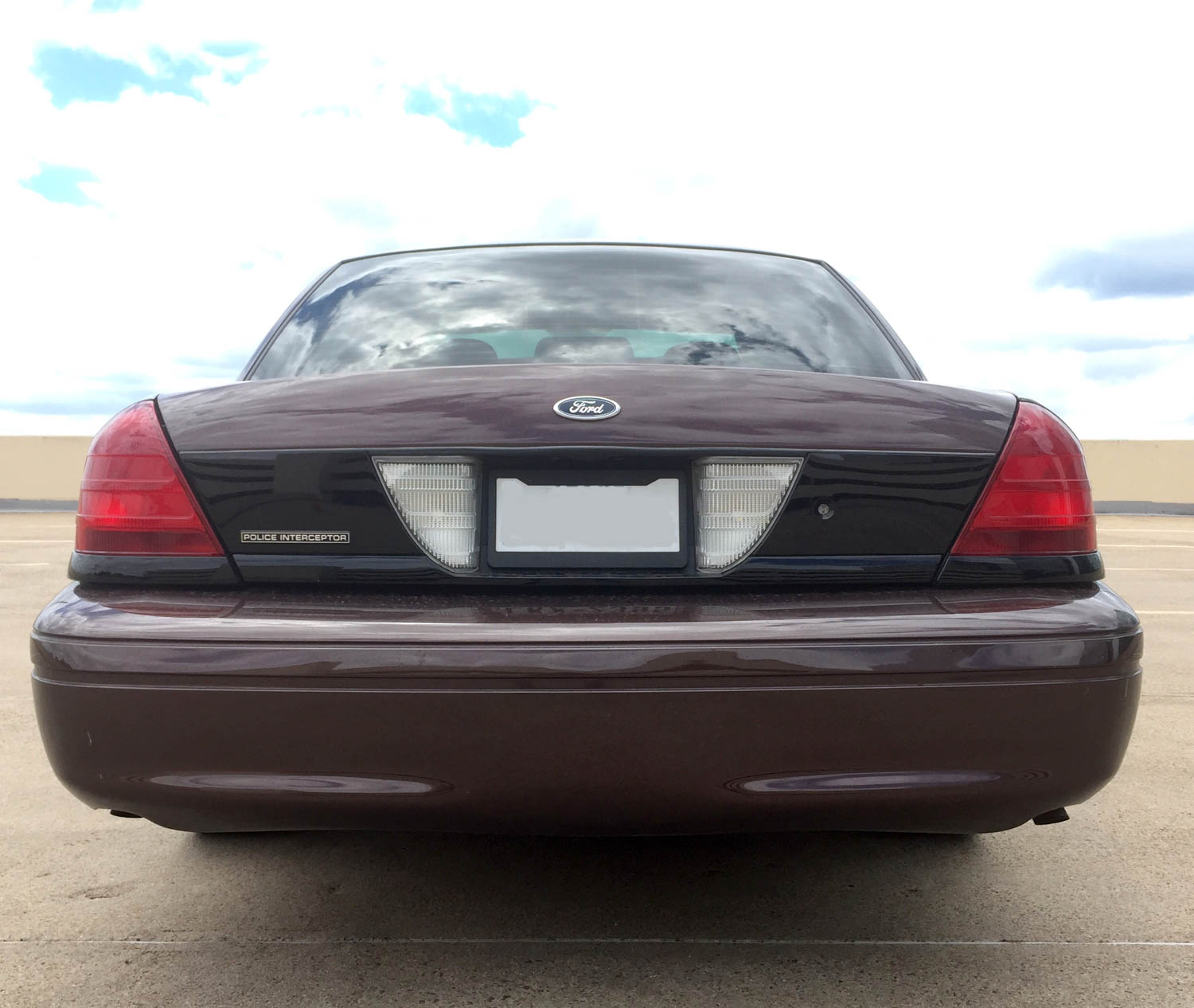
Add the tumblehome, the Jaguar-like tail, a traditional bumper“shelf” and the CVPI specific blackout trim and the last gasp of American sedans looks suitably sinister.
But what really completes the look is the distance between the rear fascia and the rear glass: clearly a massive decklid rests between.
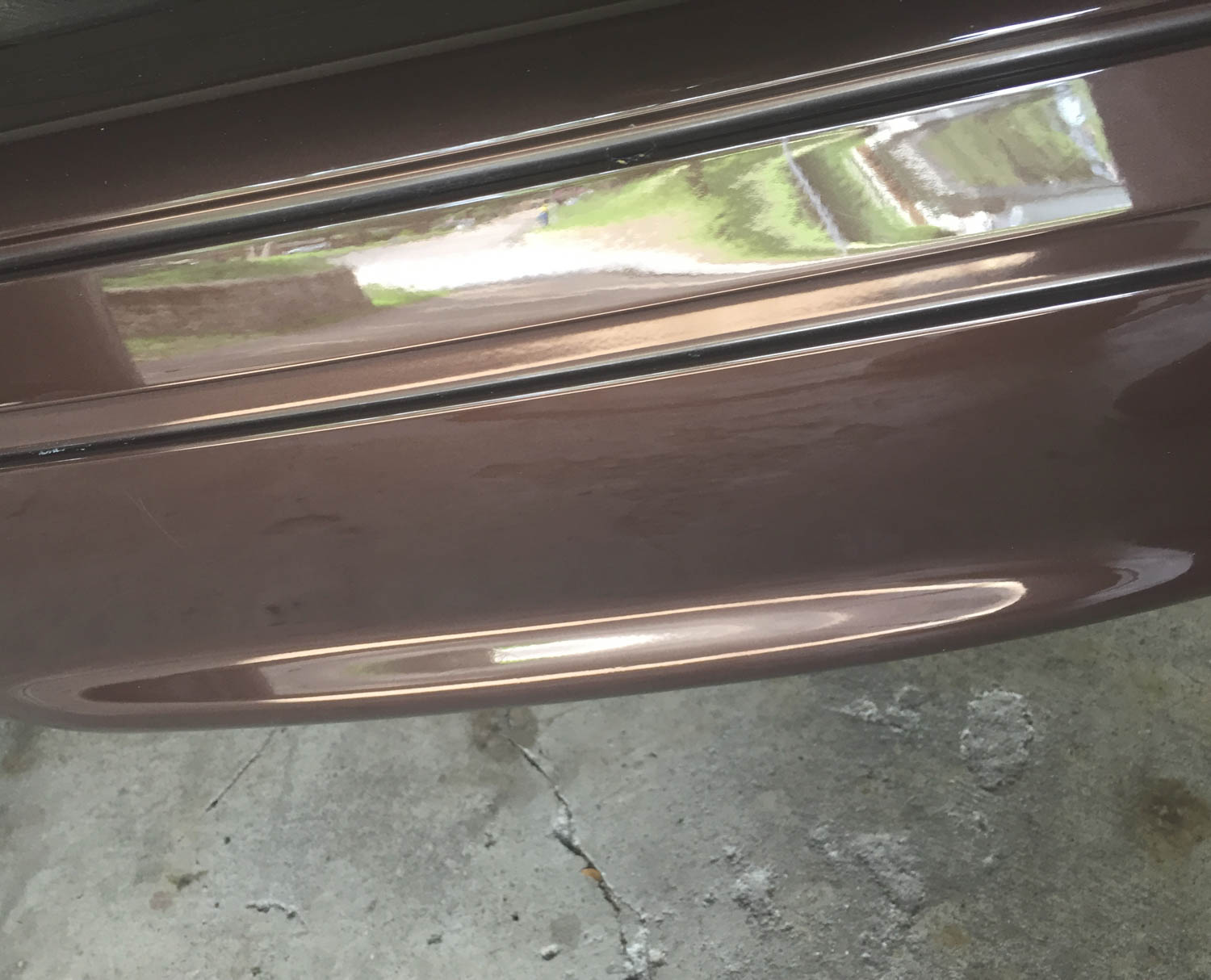
The rear bumper’s bulges at each corner add extra surface tension: needed to keep pace with the hyper-surfaced, overly muscular demeanors of competitive vehicles designed by people who had yet to be born when the Panther debuted in 1979.
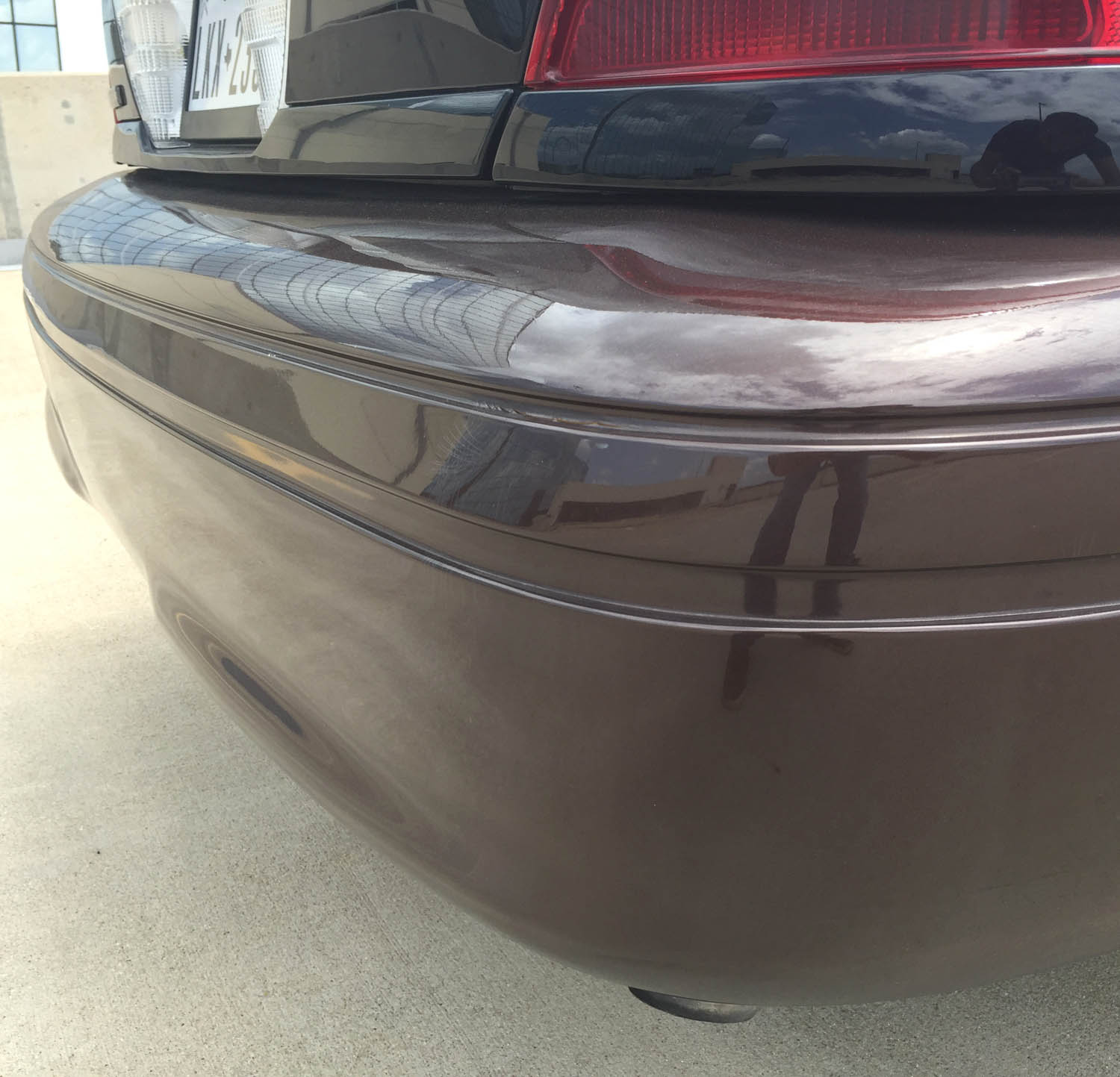
While the bulges provide tension,isn’t this bumper surprisingly shallower (distance from the body) then you’d expect in a Panther Chassis?
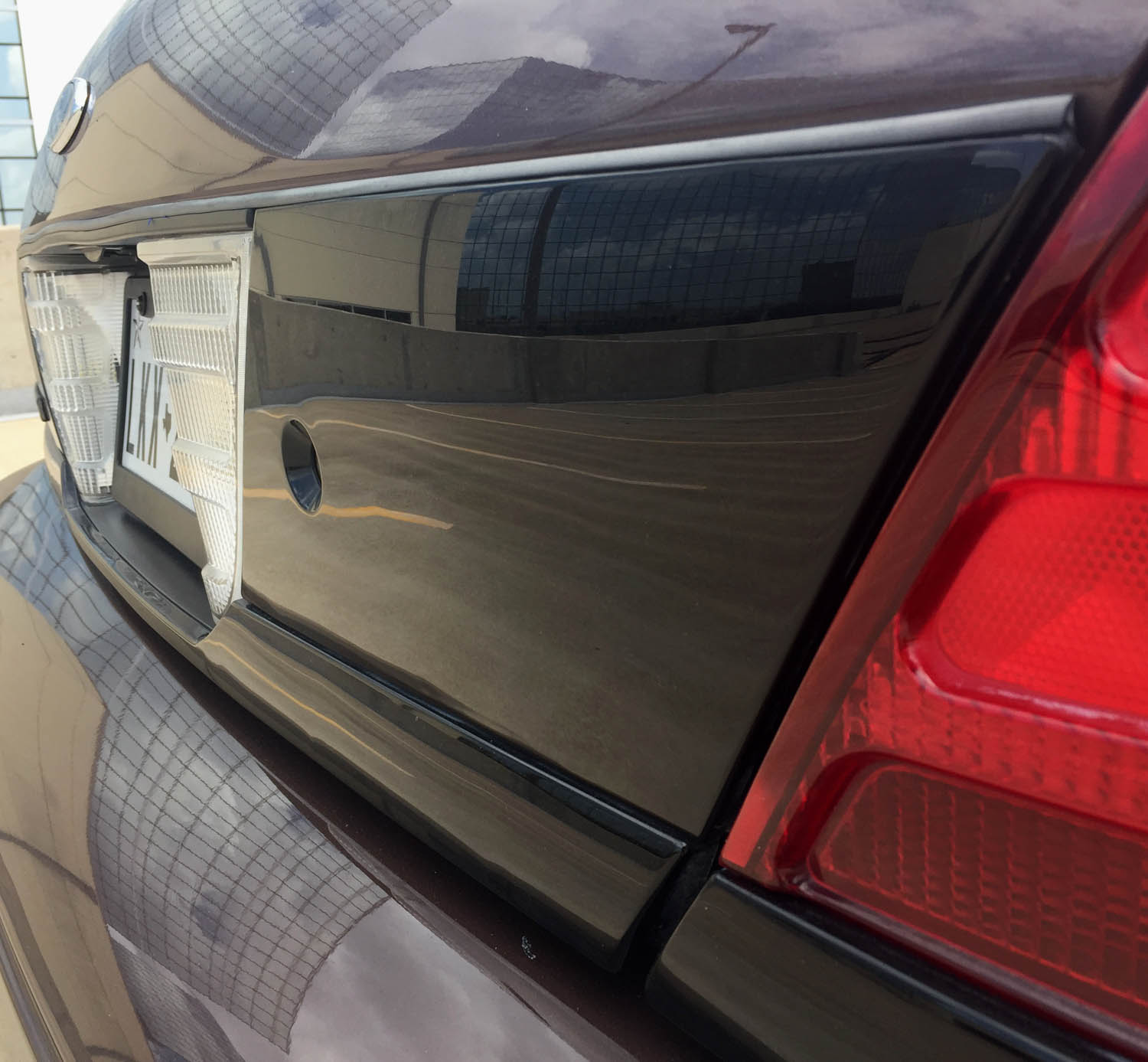
The blackout center panel embraces the CVPI’s entry level, working class status: the upgraded, body color insert (with chrome trim) writes a check the rest of this bare bones, gadget-averse automobile cannot cash.
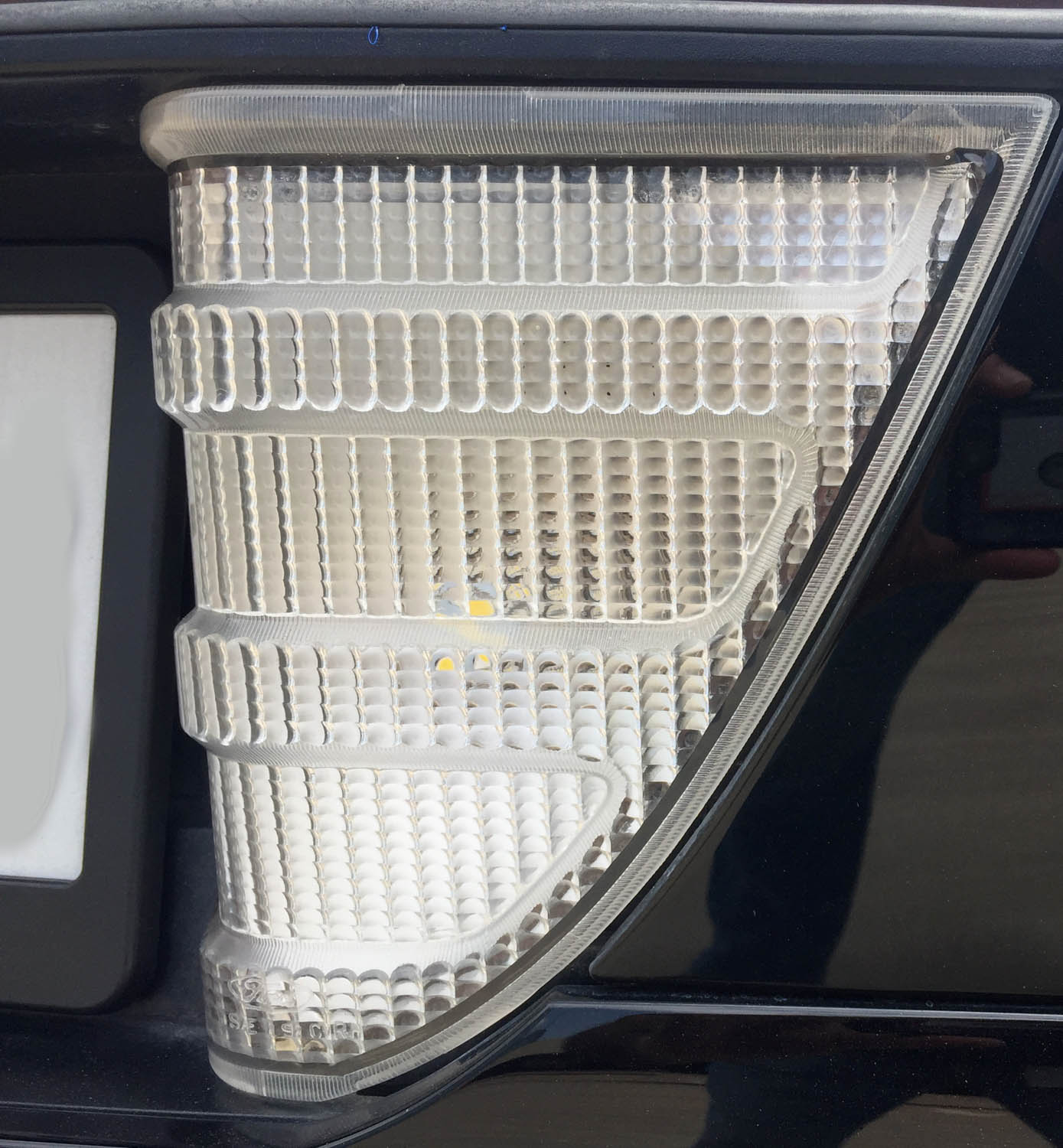
Are those more Mercedes ribs in the reverse lights?
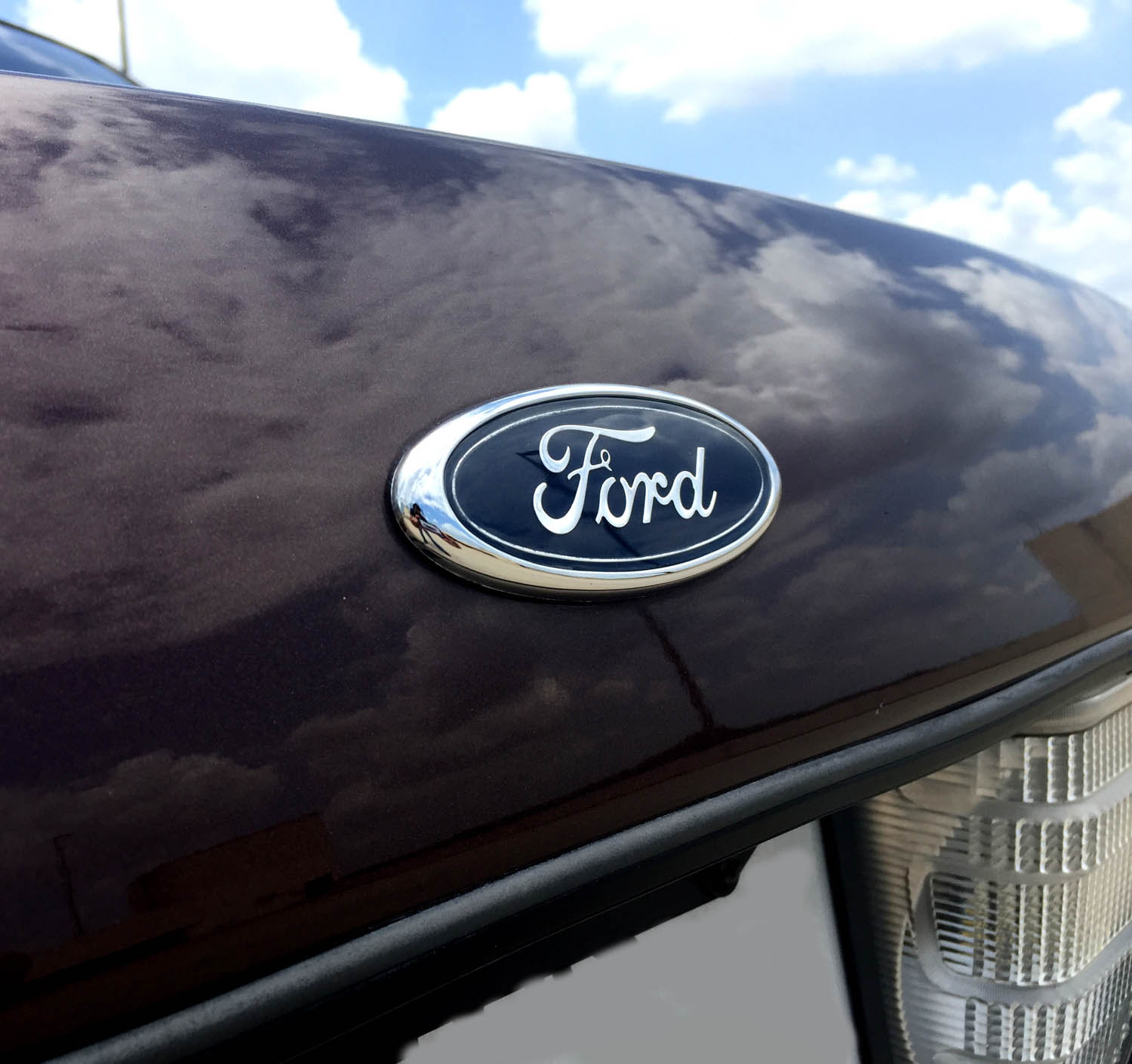
Too bad so many CVPIs get their Blue Ovals removed for TV/Movie use.

“Police” and “Interceptor” are two words ubiquitous in the world of law enforcement: while the replacement sedan (Taurus) and crossover (Explorer) carried the torch, the emblem is better-suited to a canvas this wide and low to the ground.
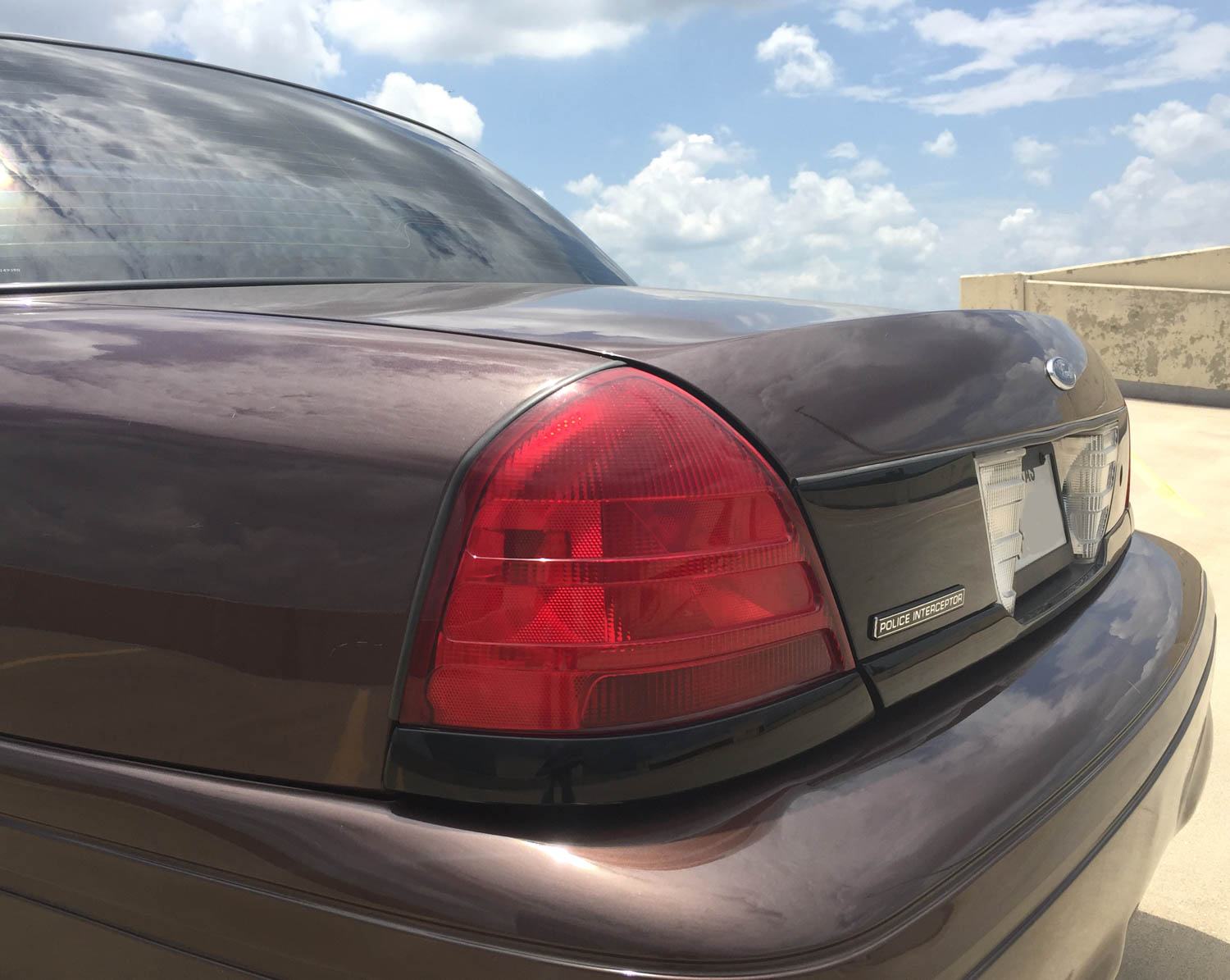
Panel gaps could improve, but the horizontal transition from rear quarter panel to the bumper pleases the eye better than the jagged lines and zig zags seen today.
While most lines are parallel to the earth, the slight rise to the middle of the decklid adds just enough flair to keep the design from being a mere box.
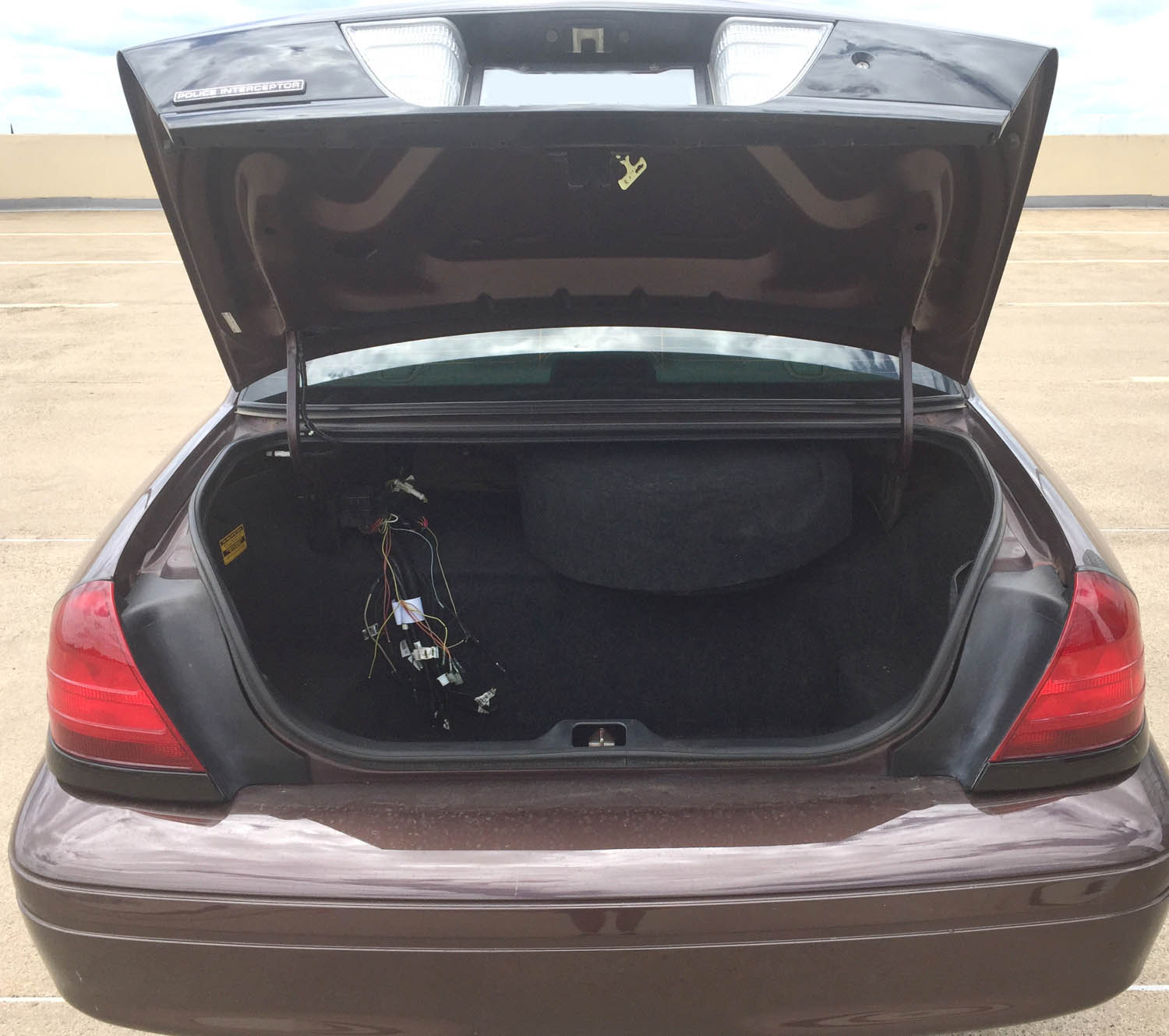
Take a moment to soak up this aperture’s size: the growing uselessness of narrow-entry trunk space in modern Malibus and Accords is another reason why people buy CUVs over family sedans. Sedans that aren’t a Panther, that is.
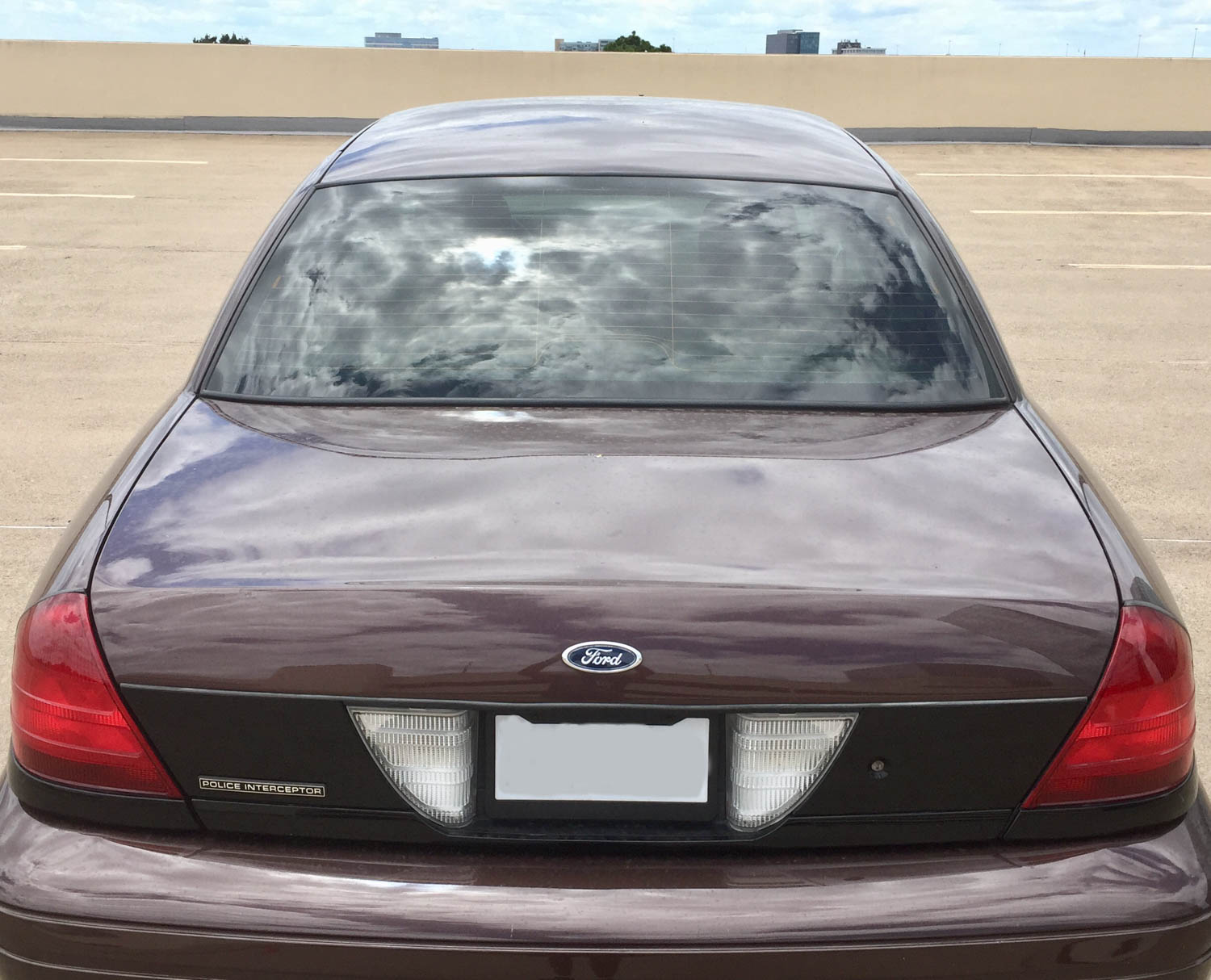
In an era where body-on-frame pickups reign supreme, it’s a shame the sister ship American Sedan couldn’t share that fame and fortune.
But the decades of Panther Love, seen in countless moments (for better or worse) in North American history, ended on a high note of proper proportioning and muscular undertones beneath clean, streamlined sheetmetal.



How. Much
Beautiful, leather?